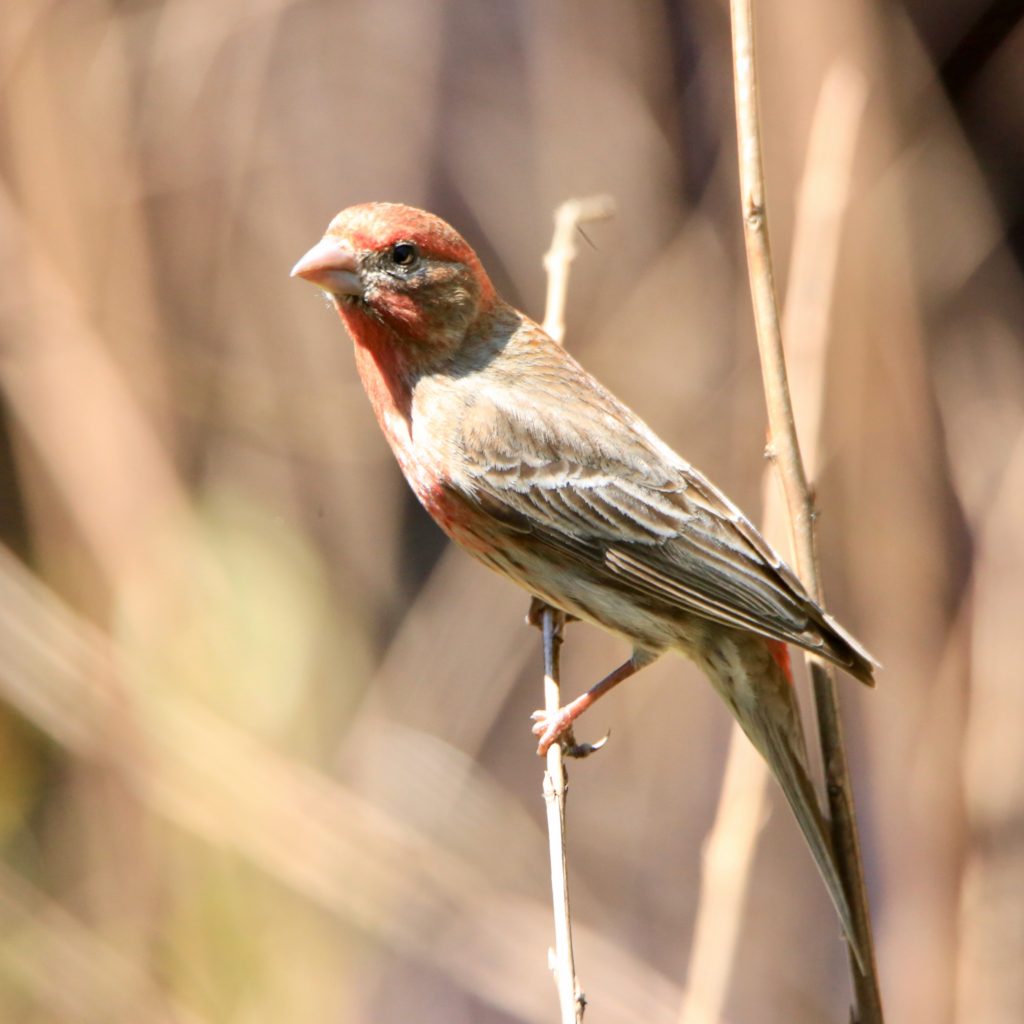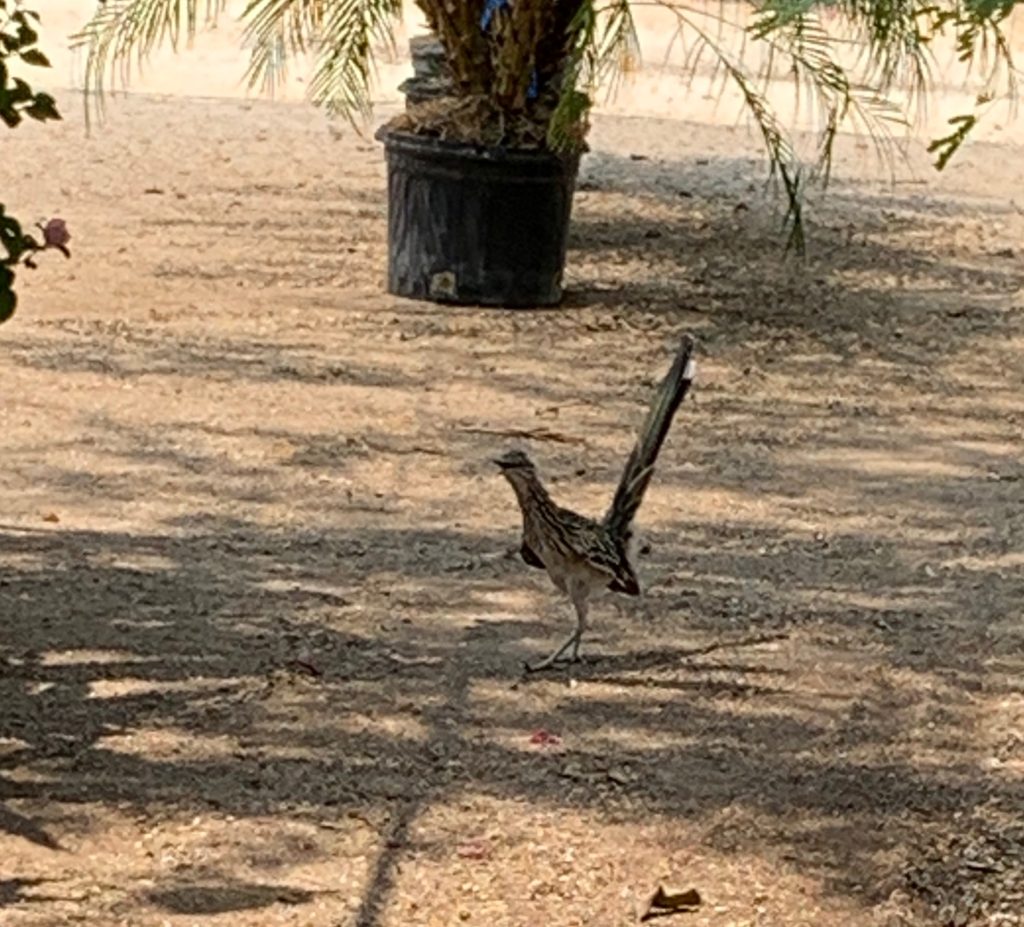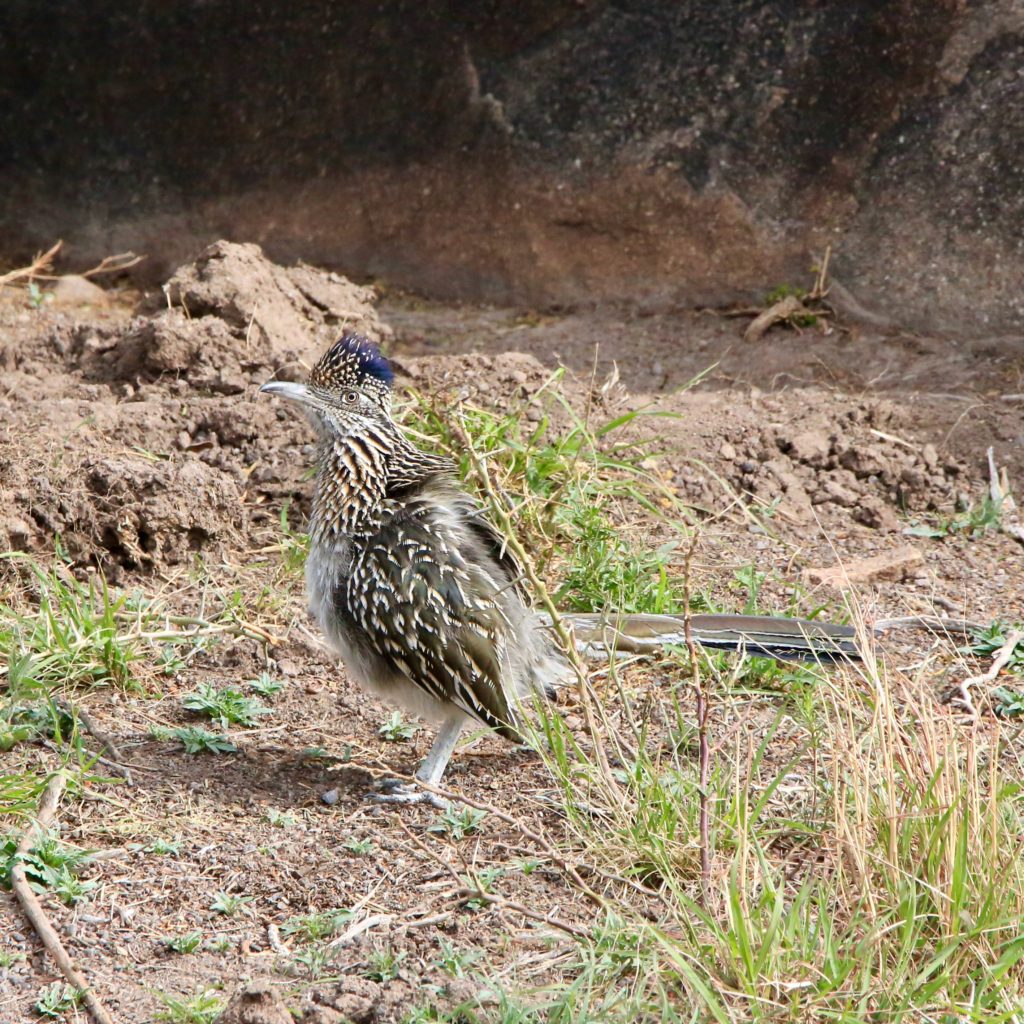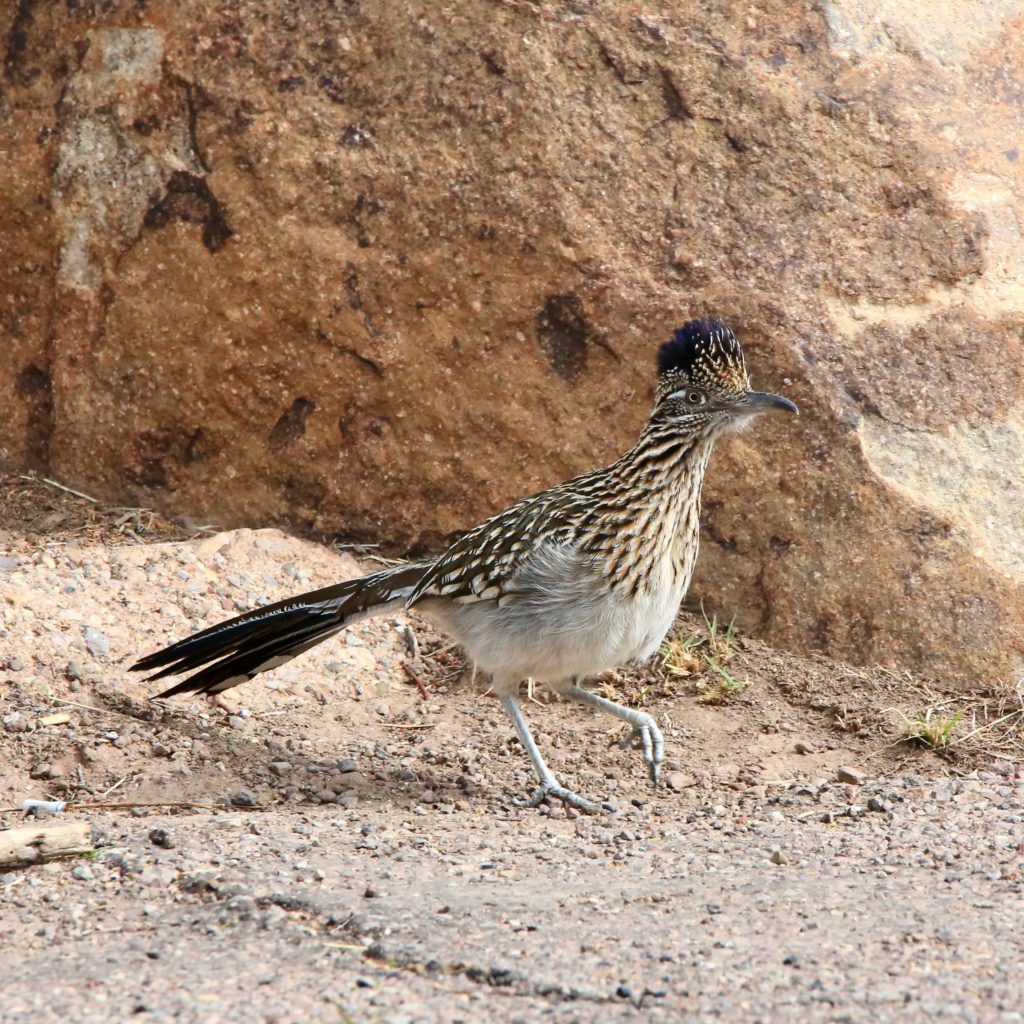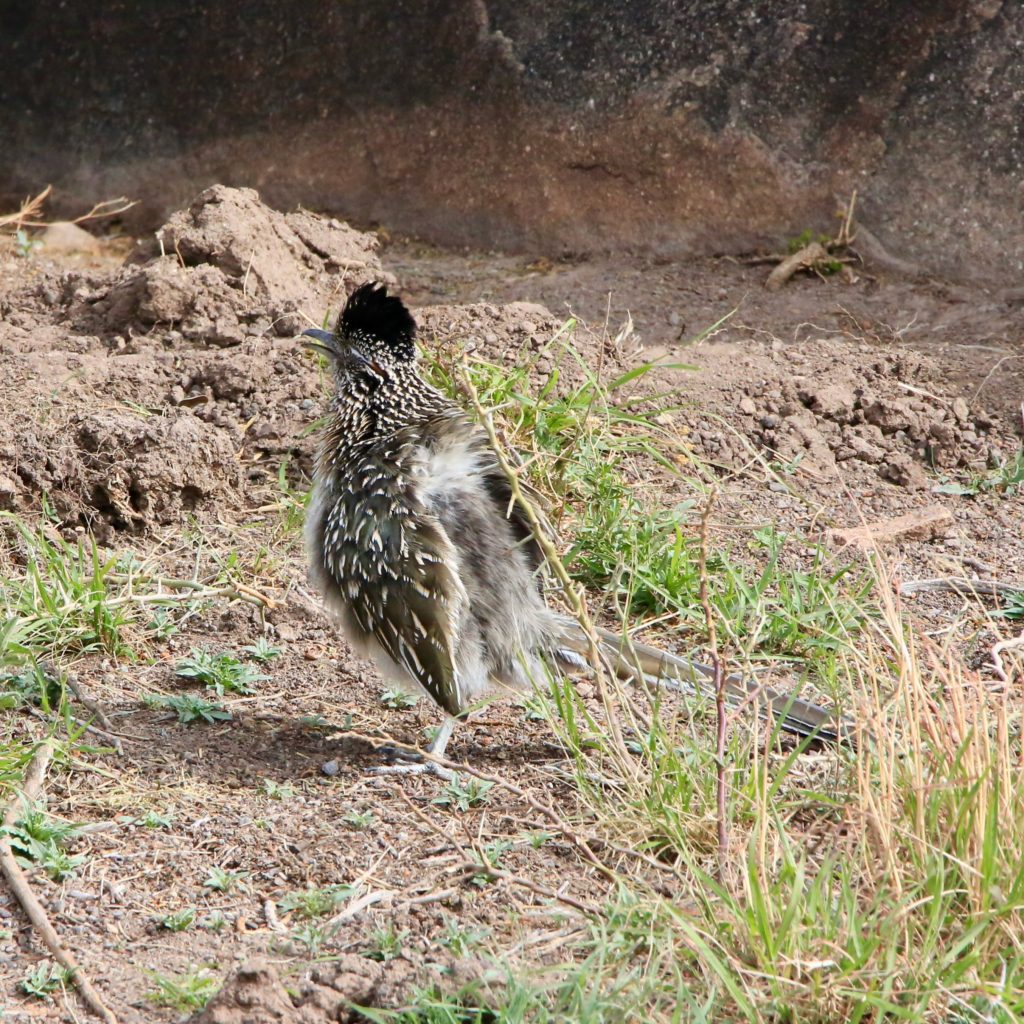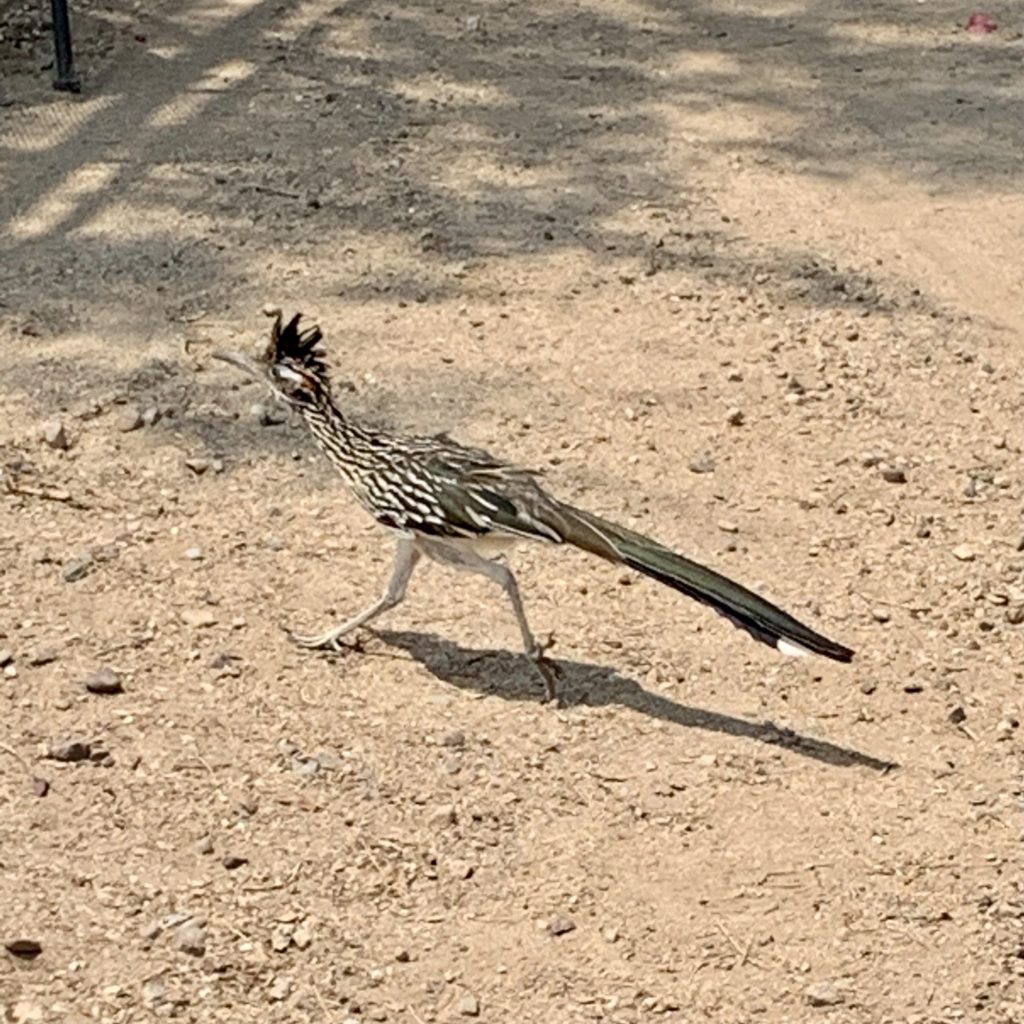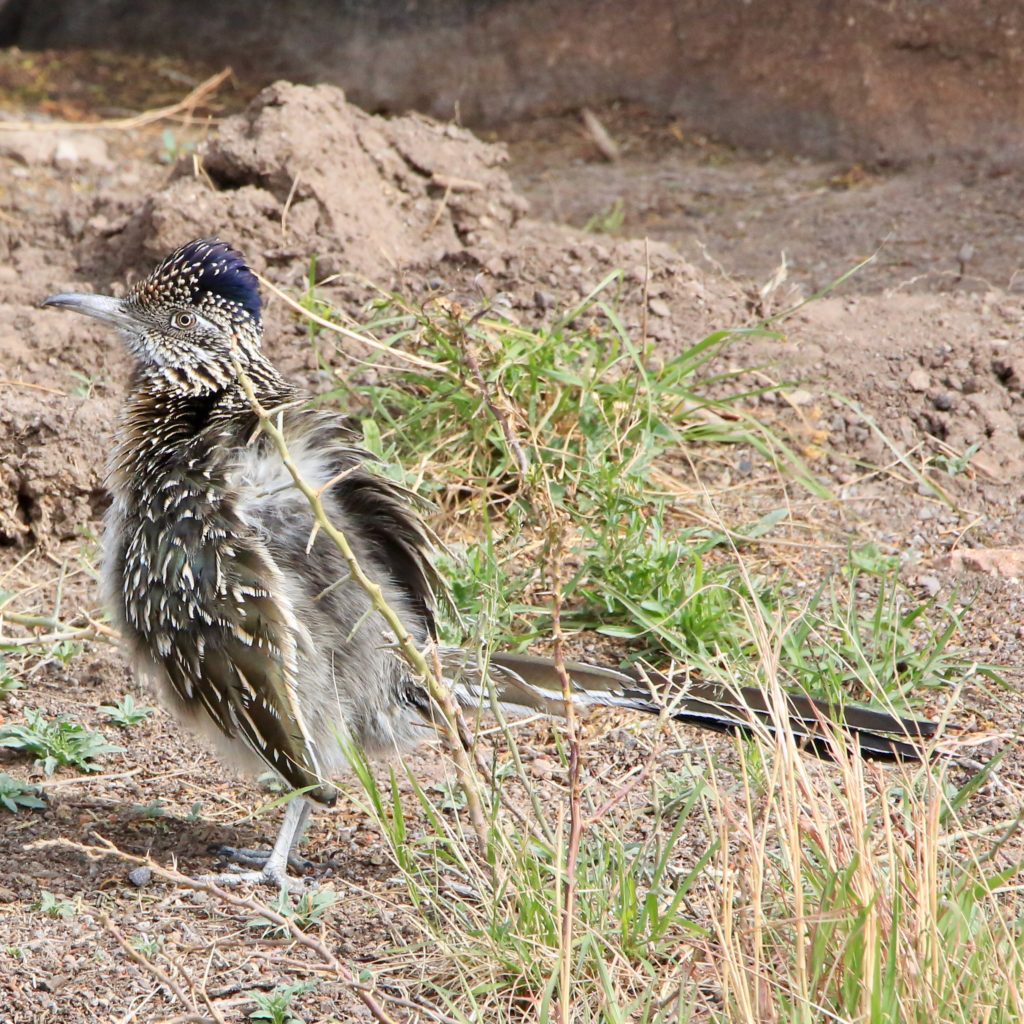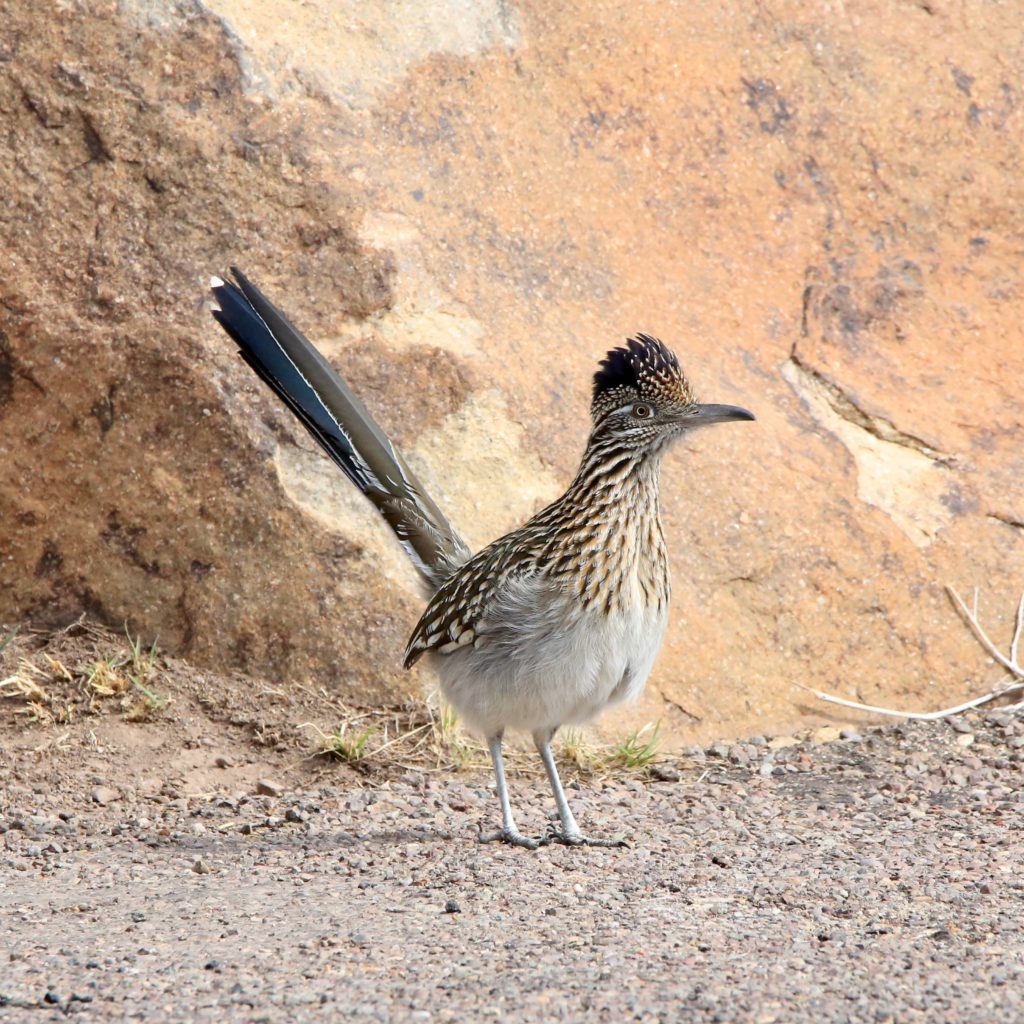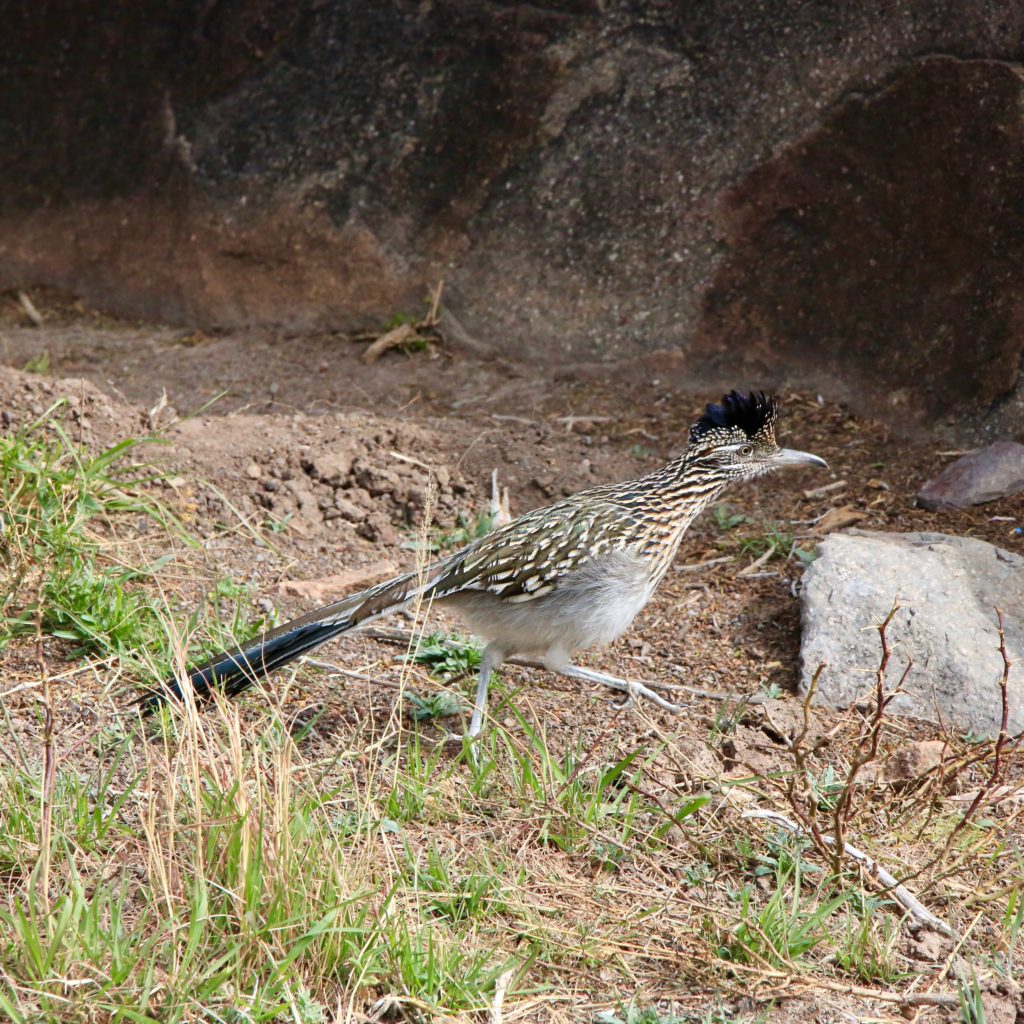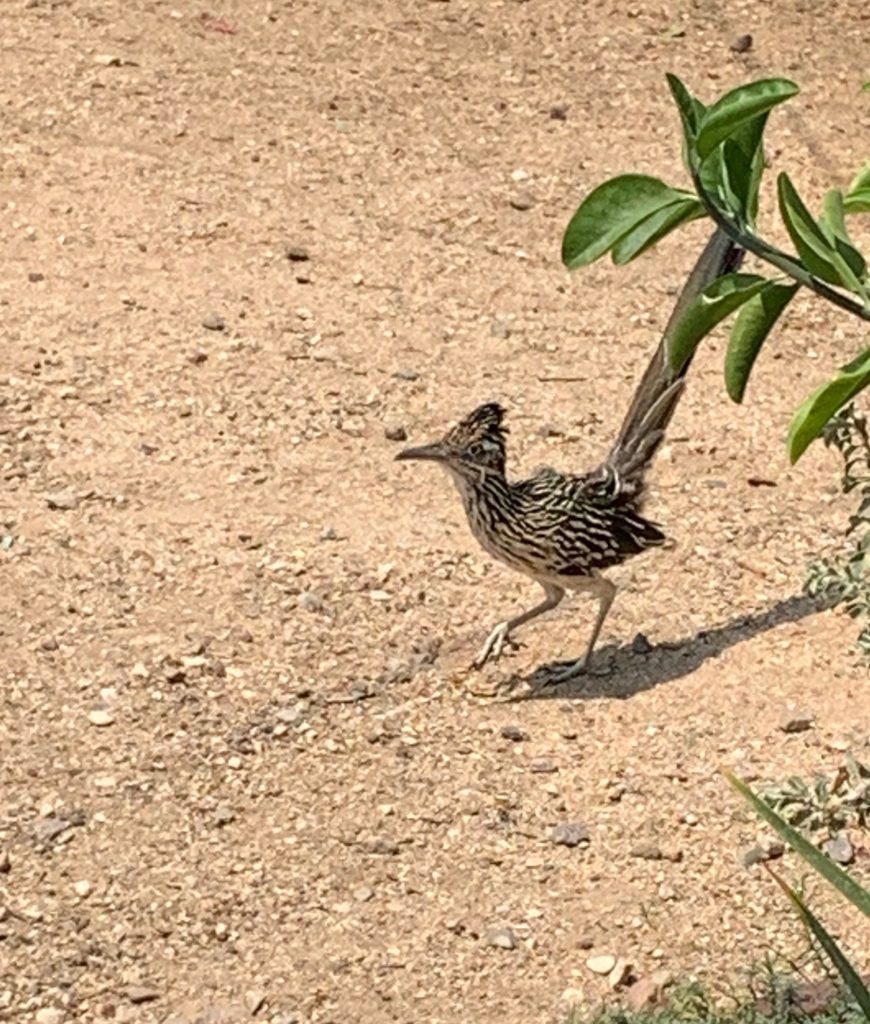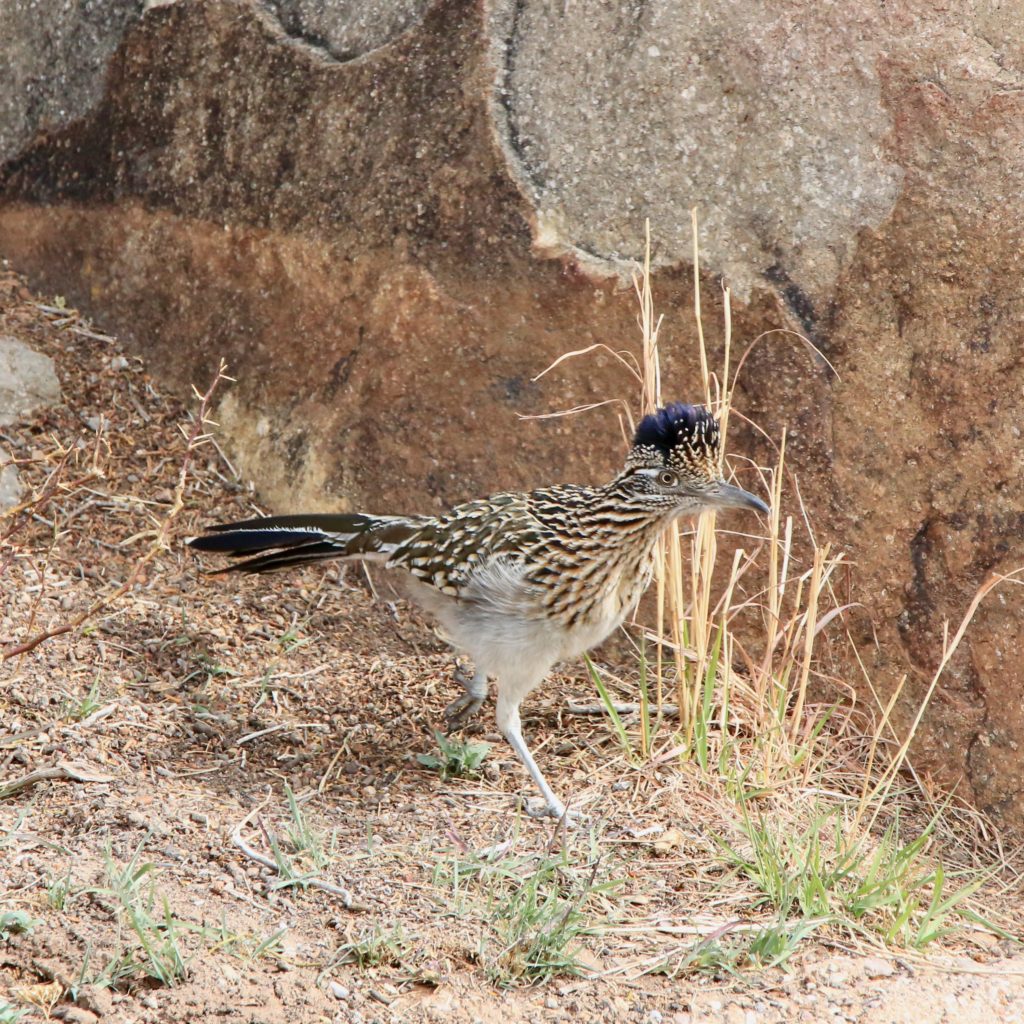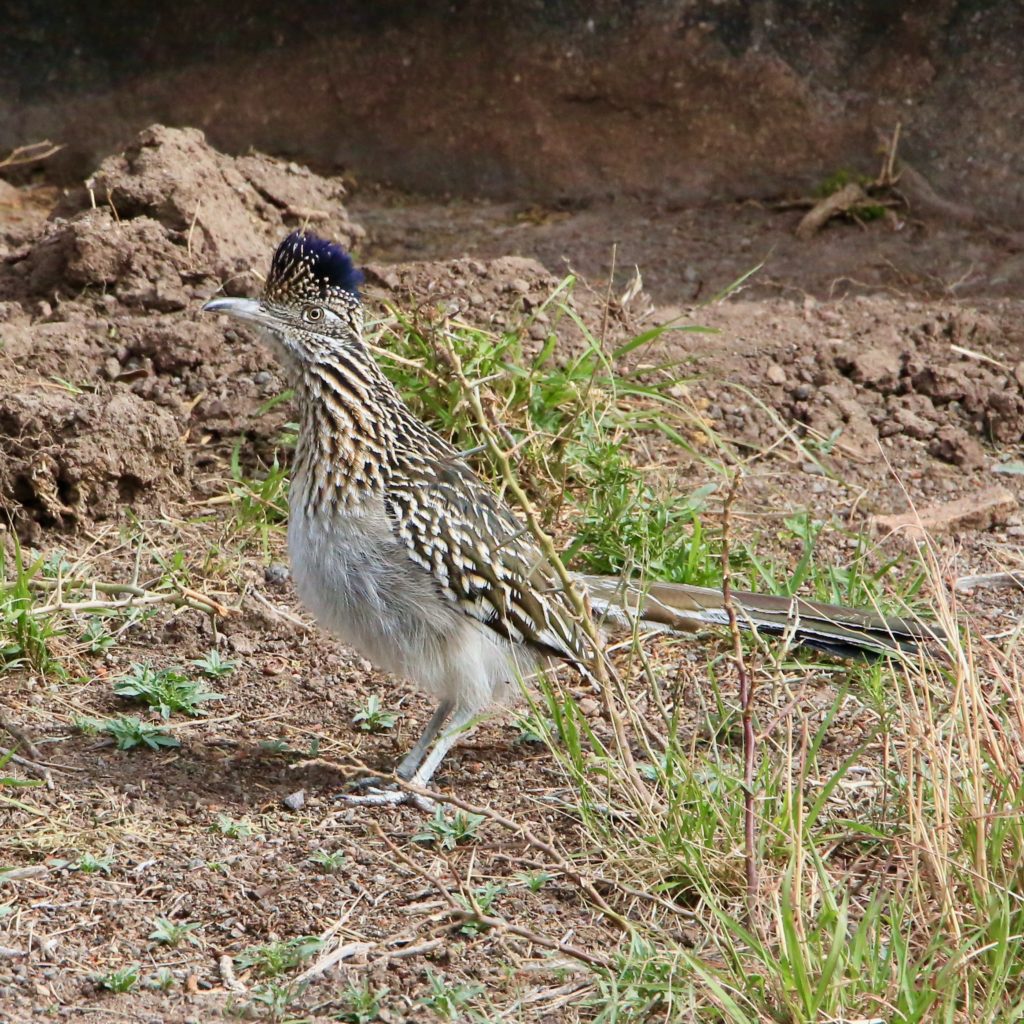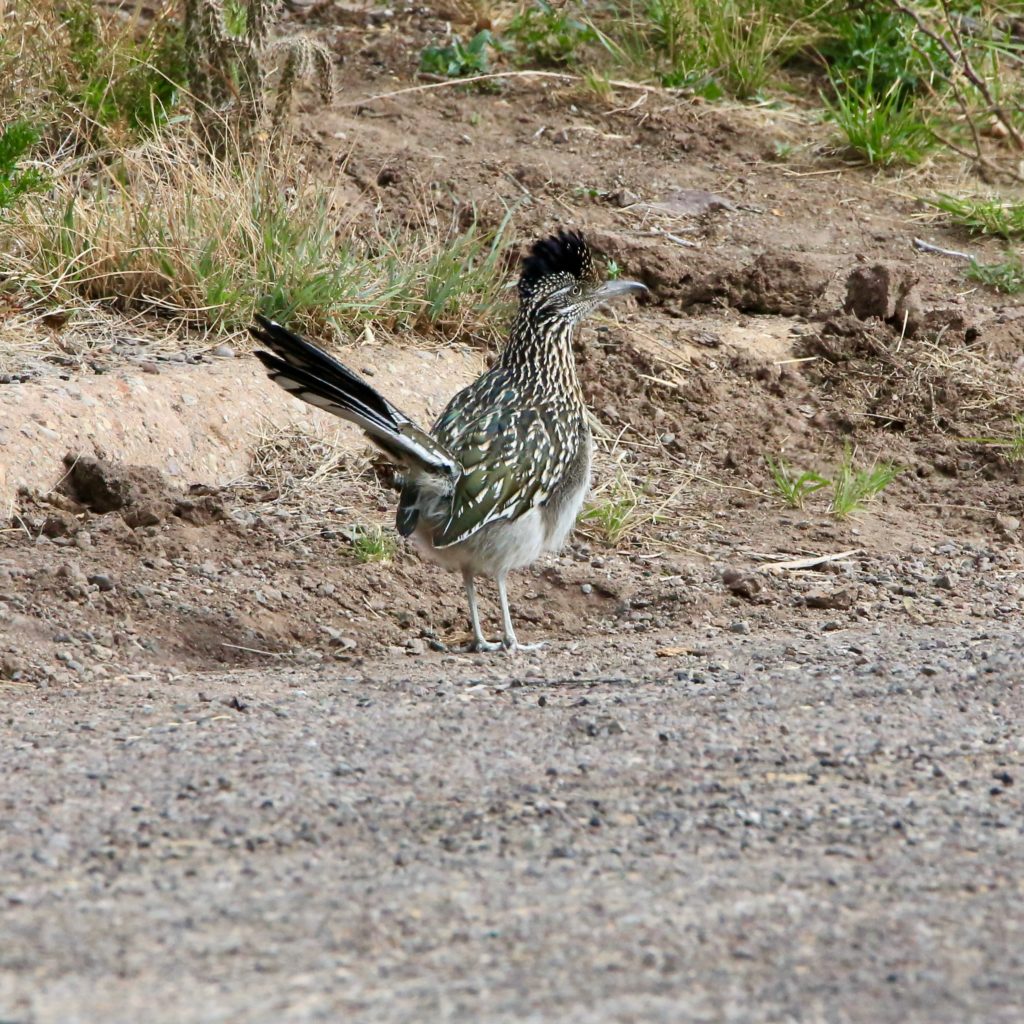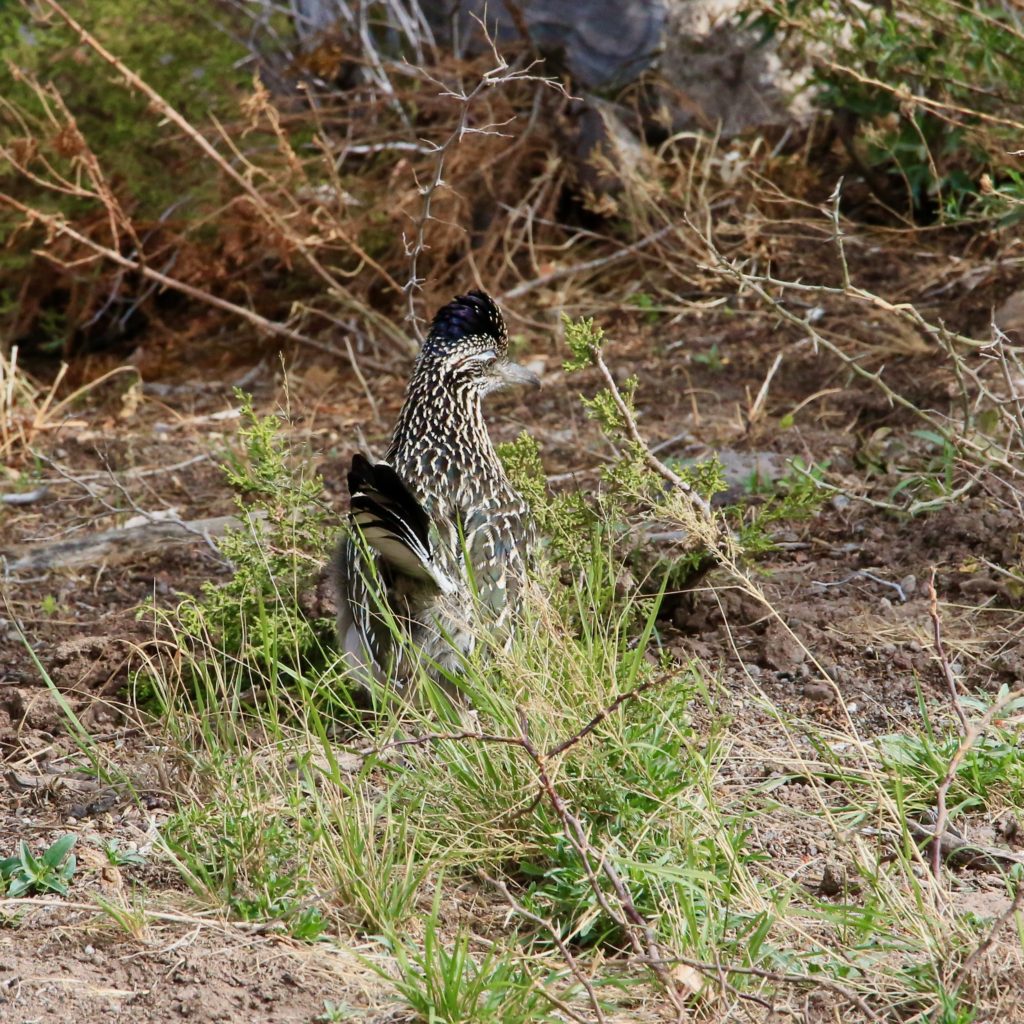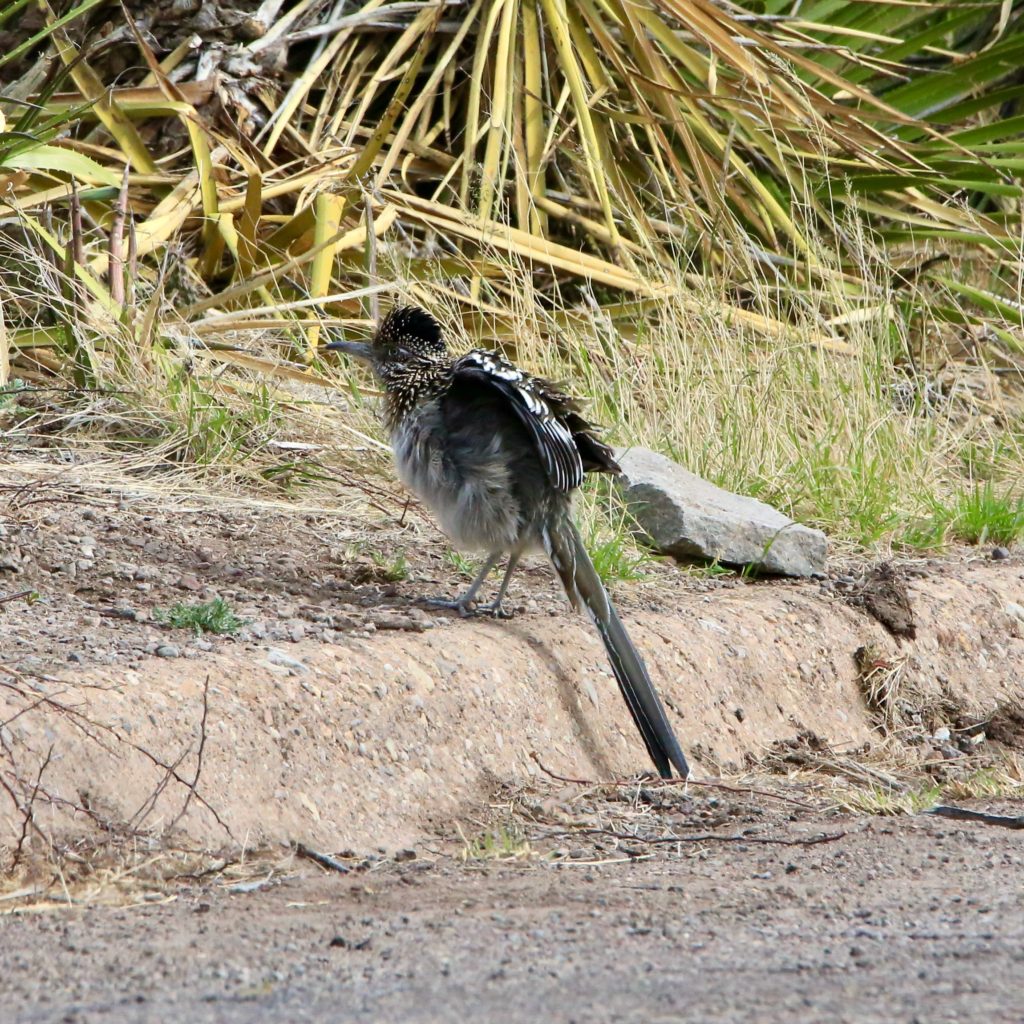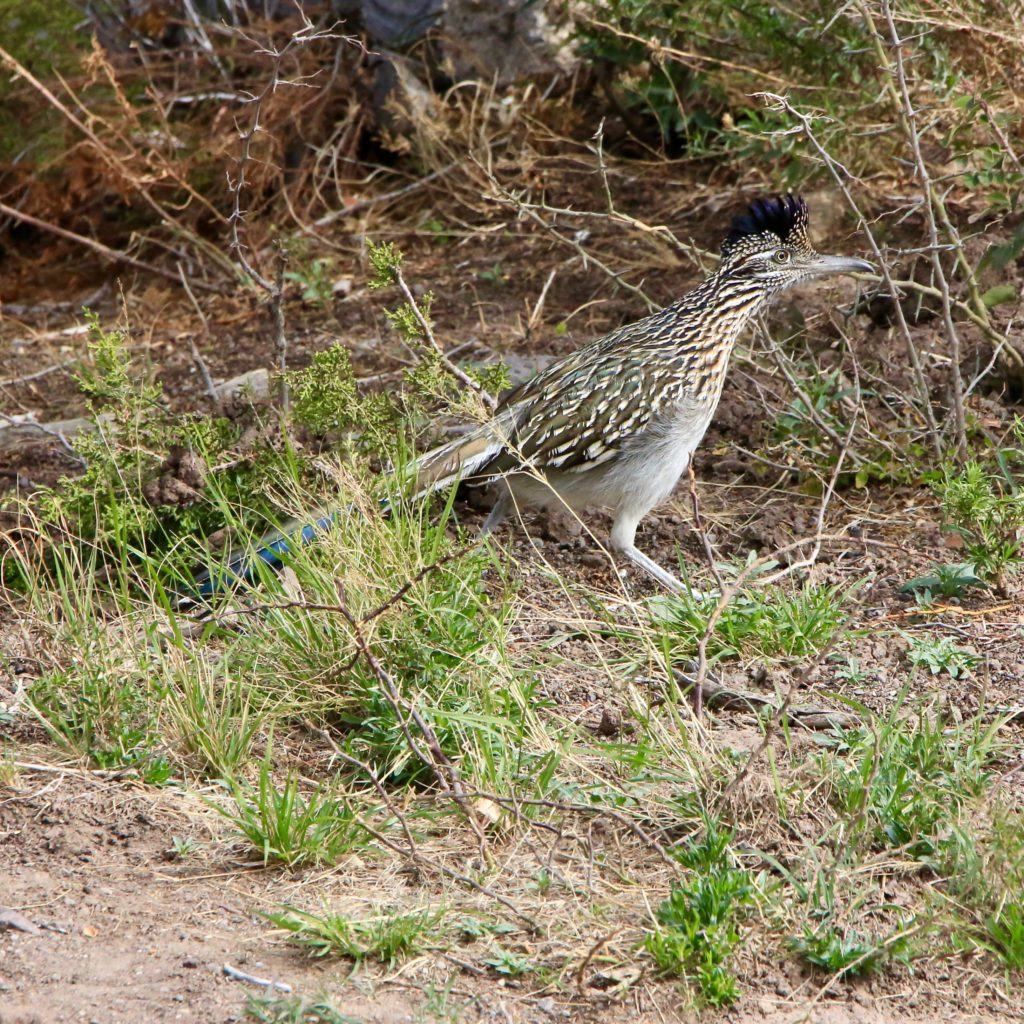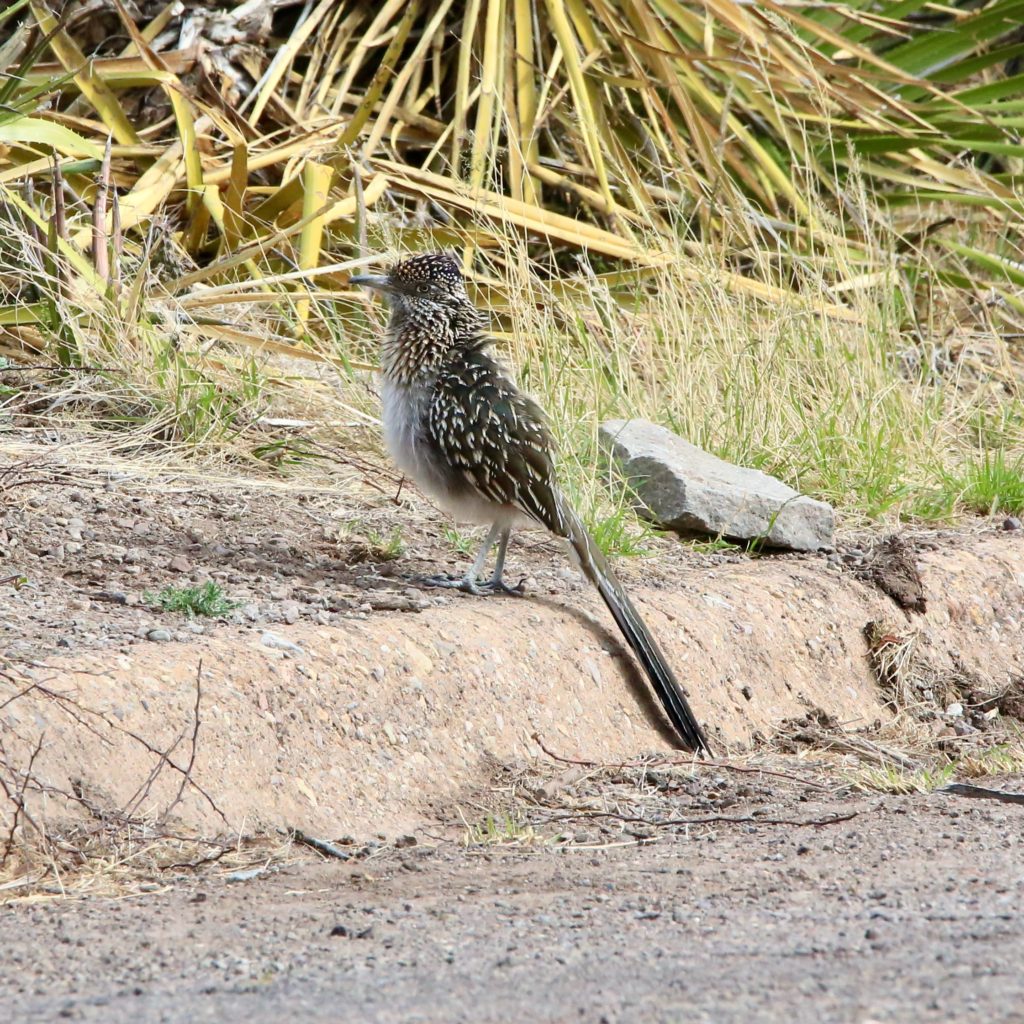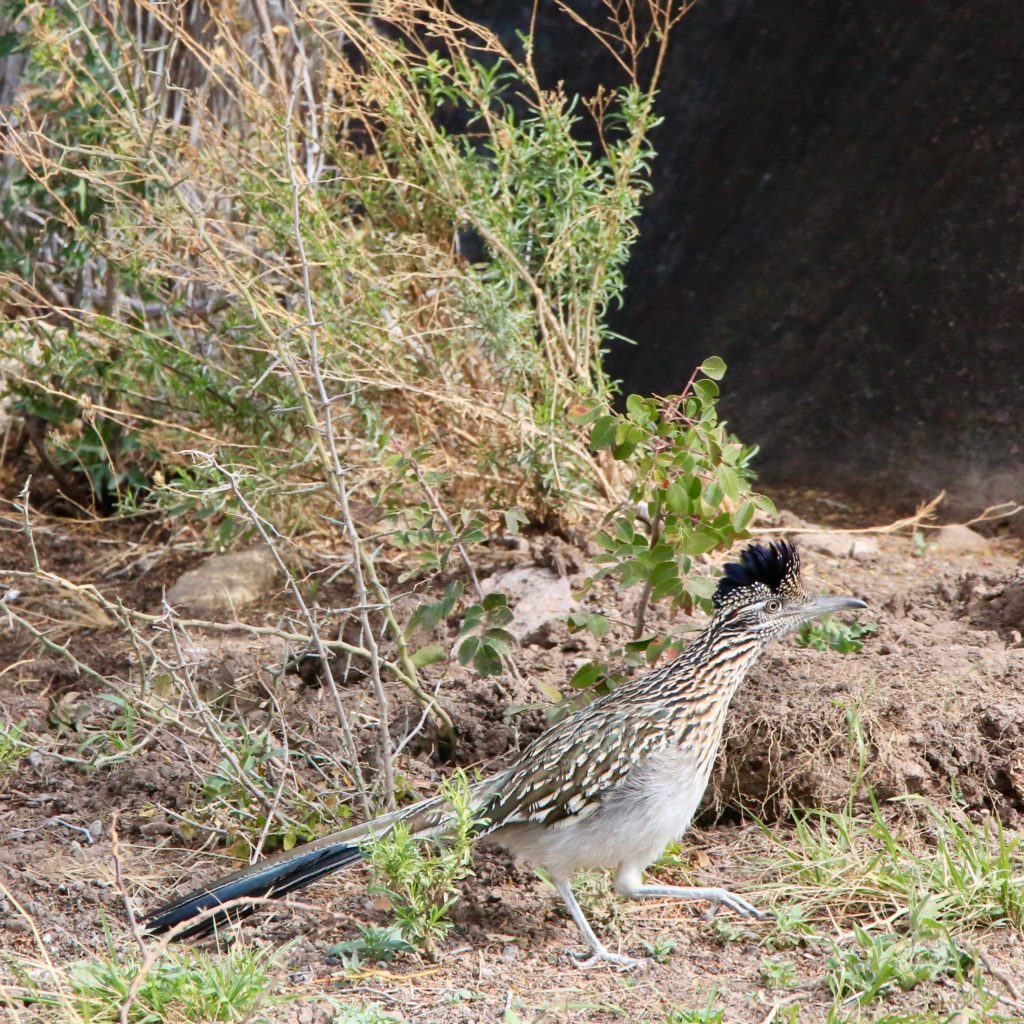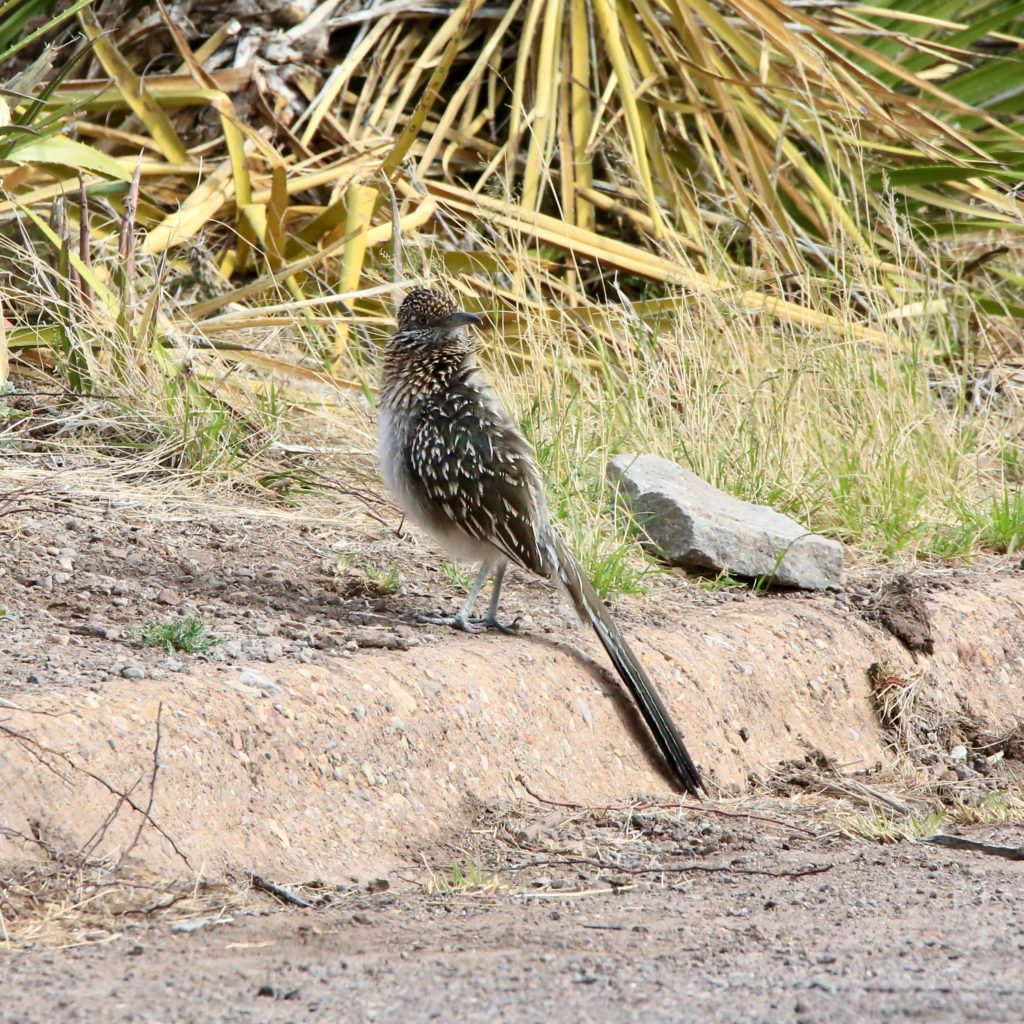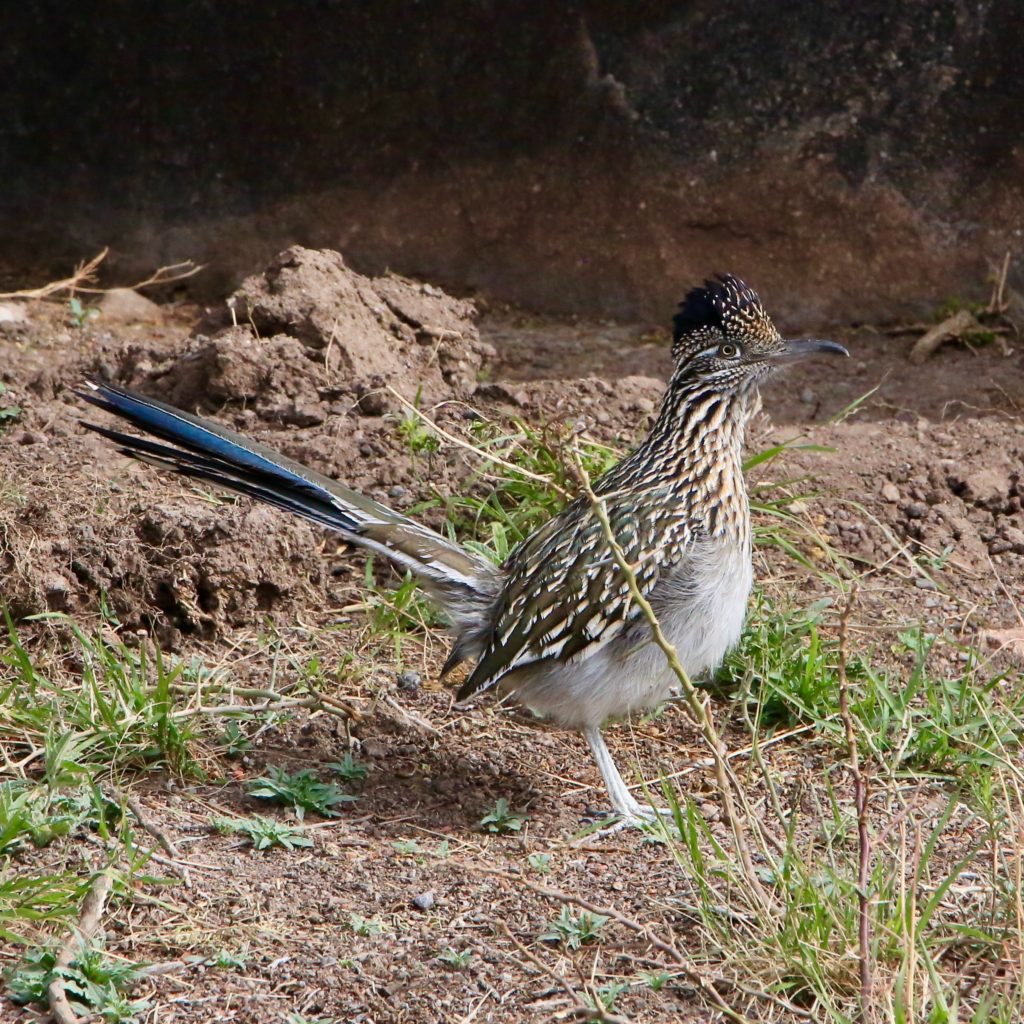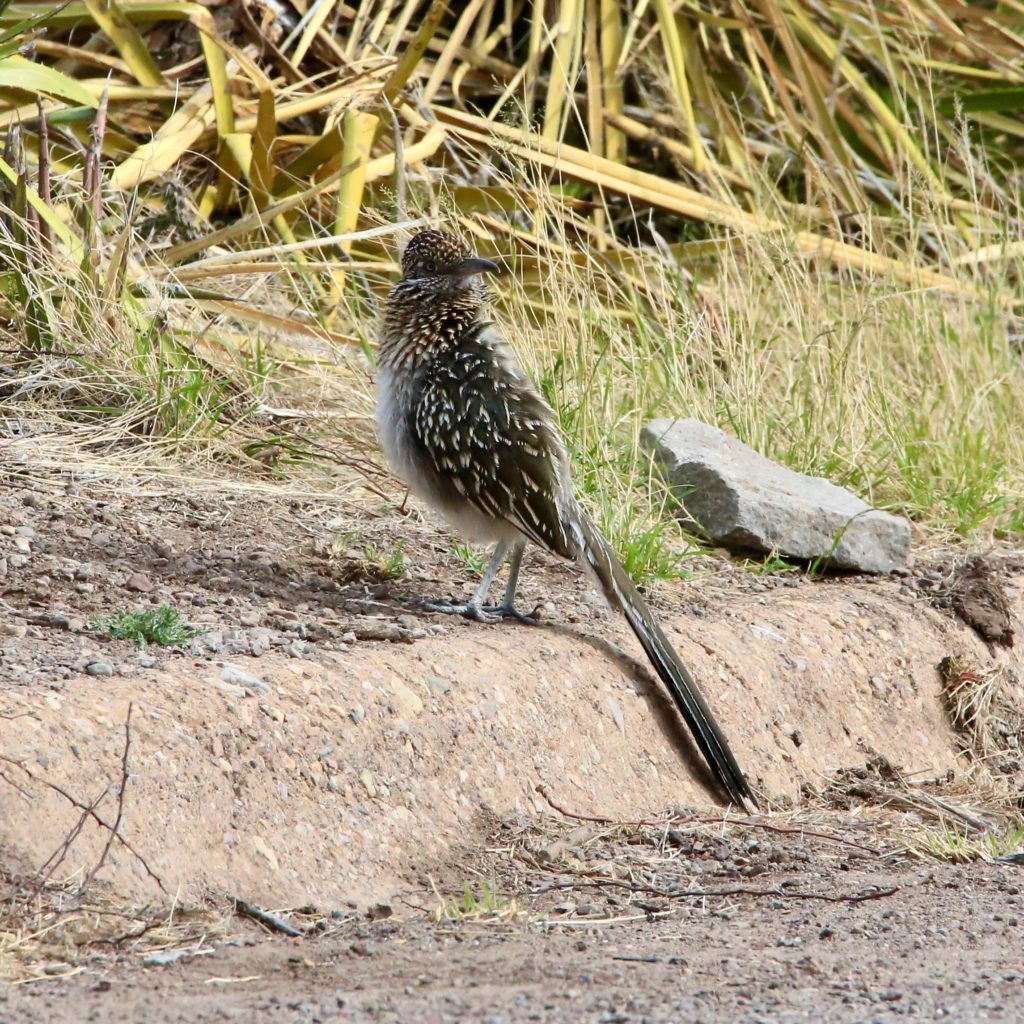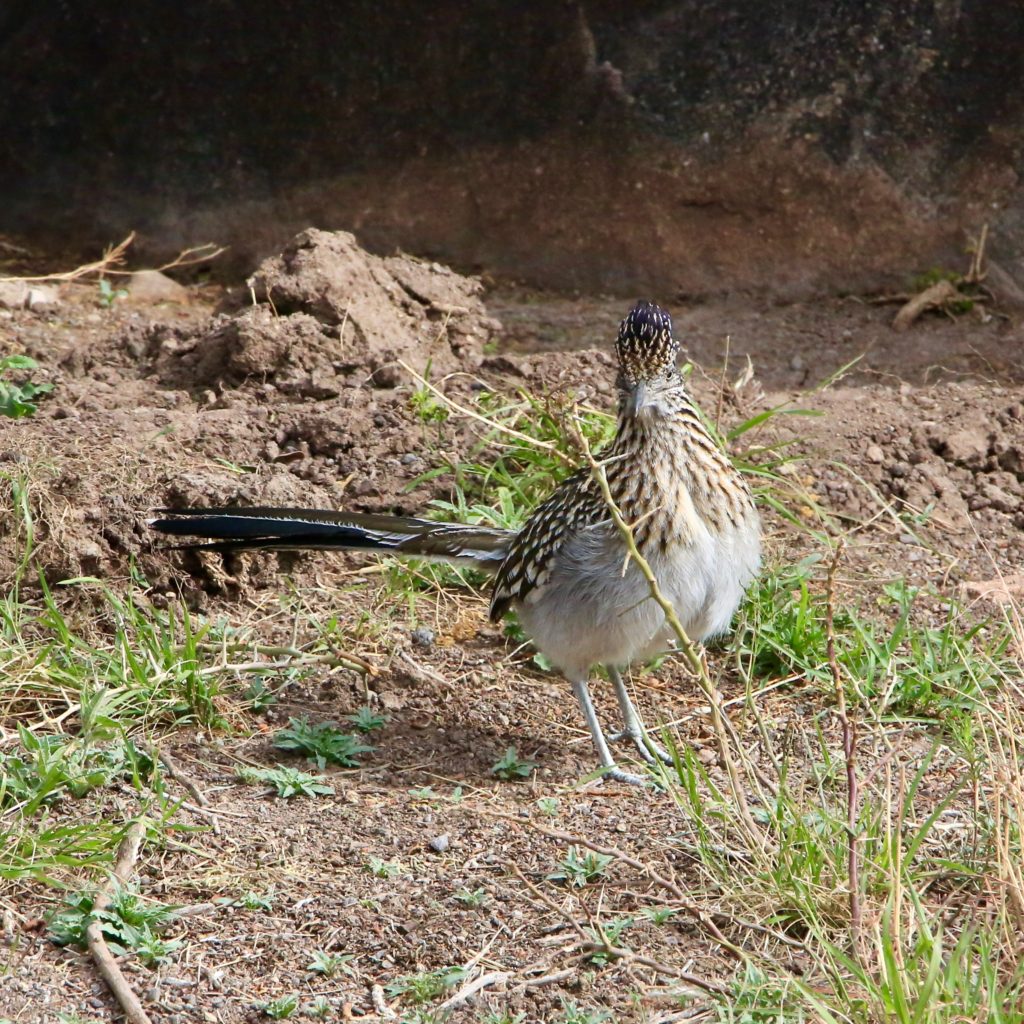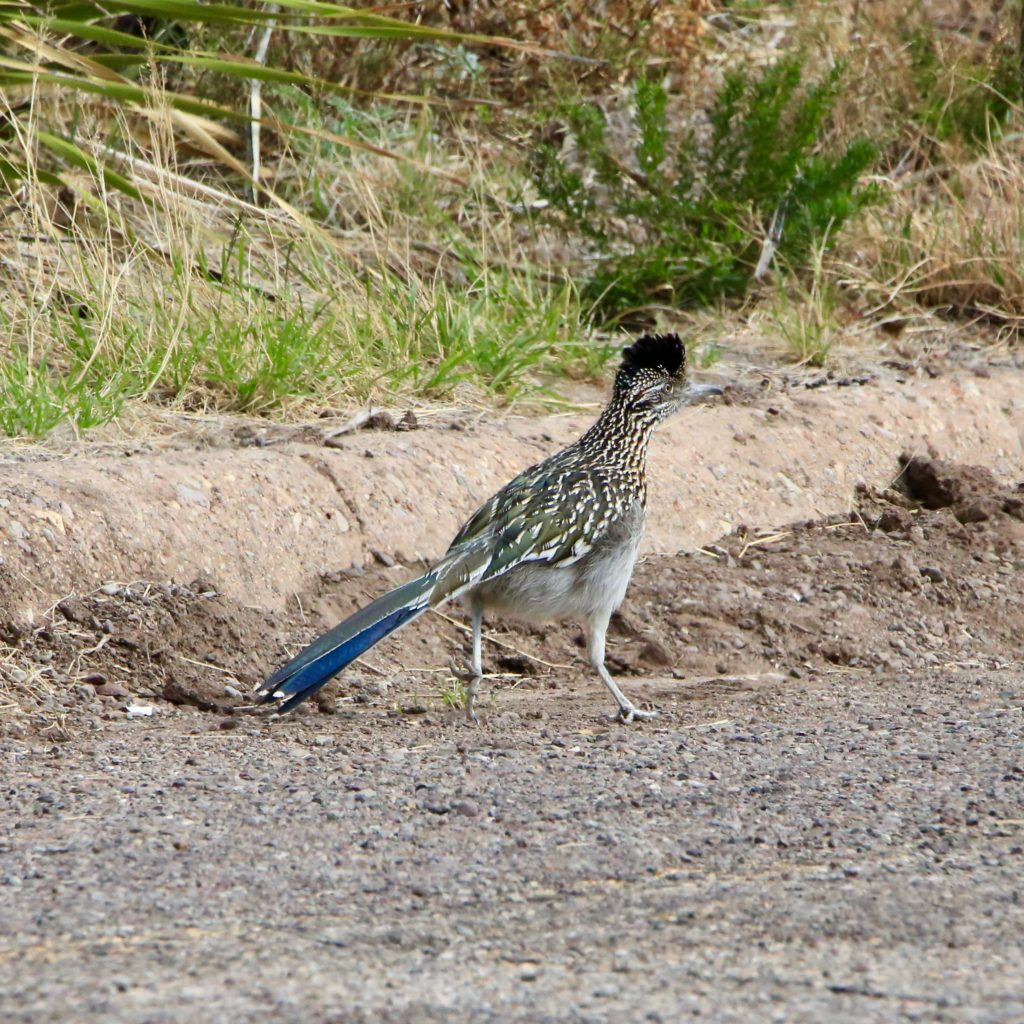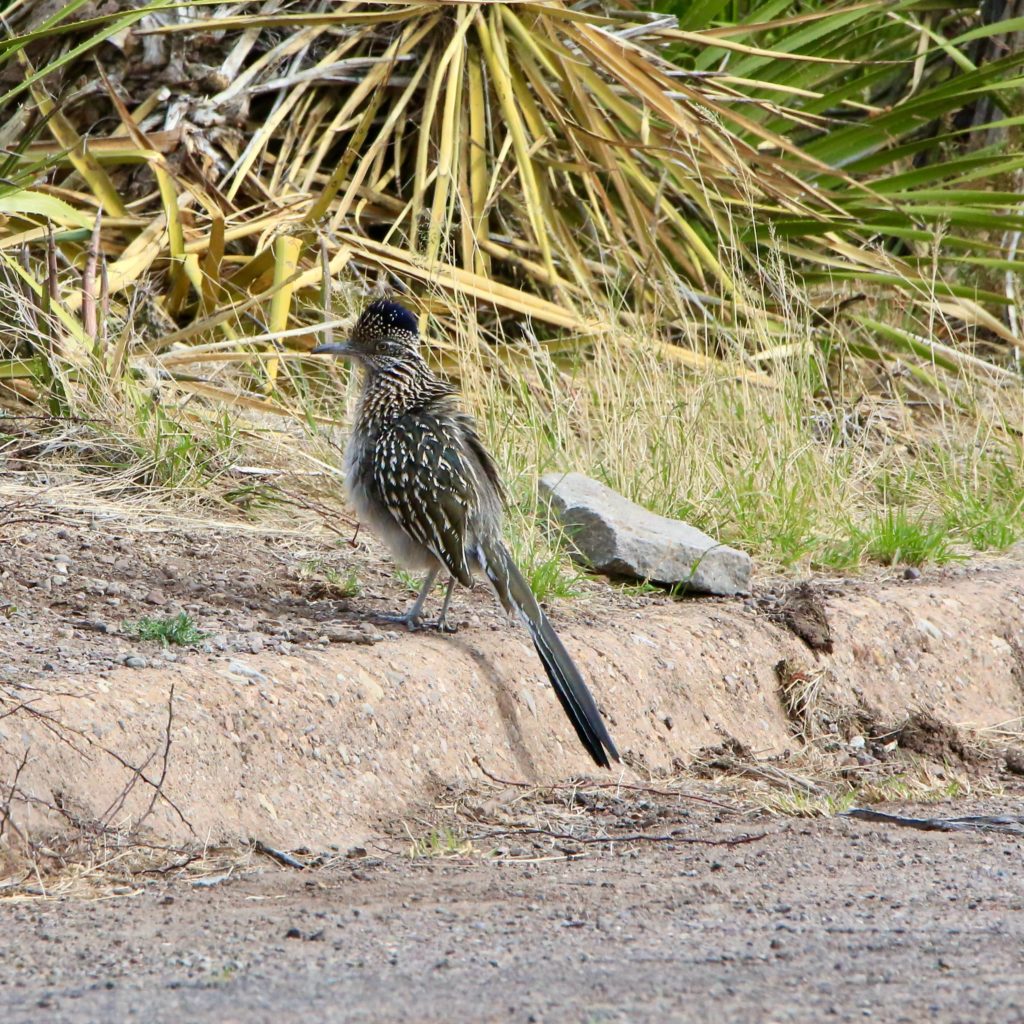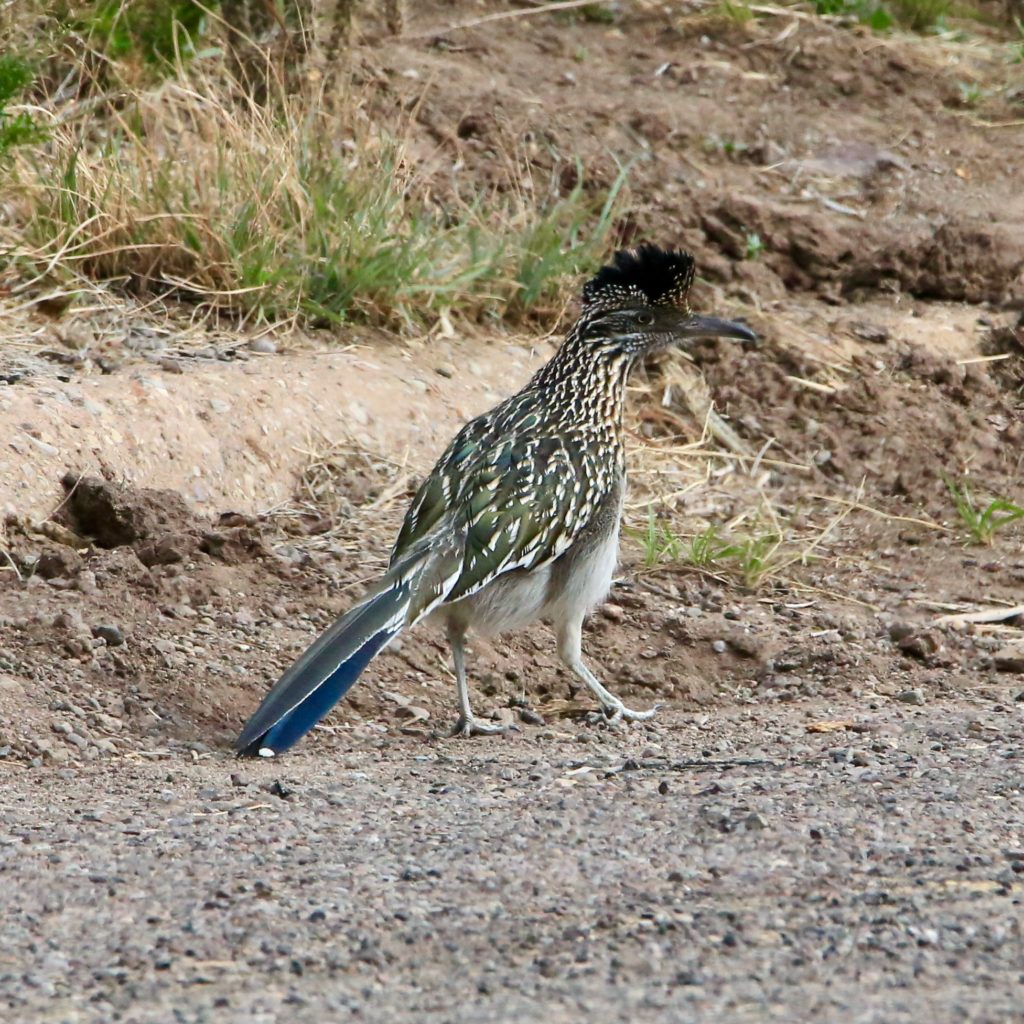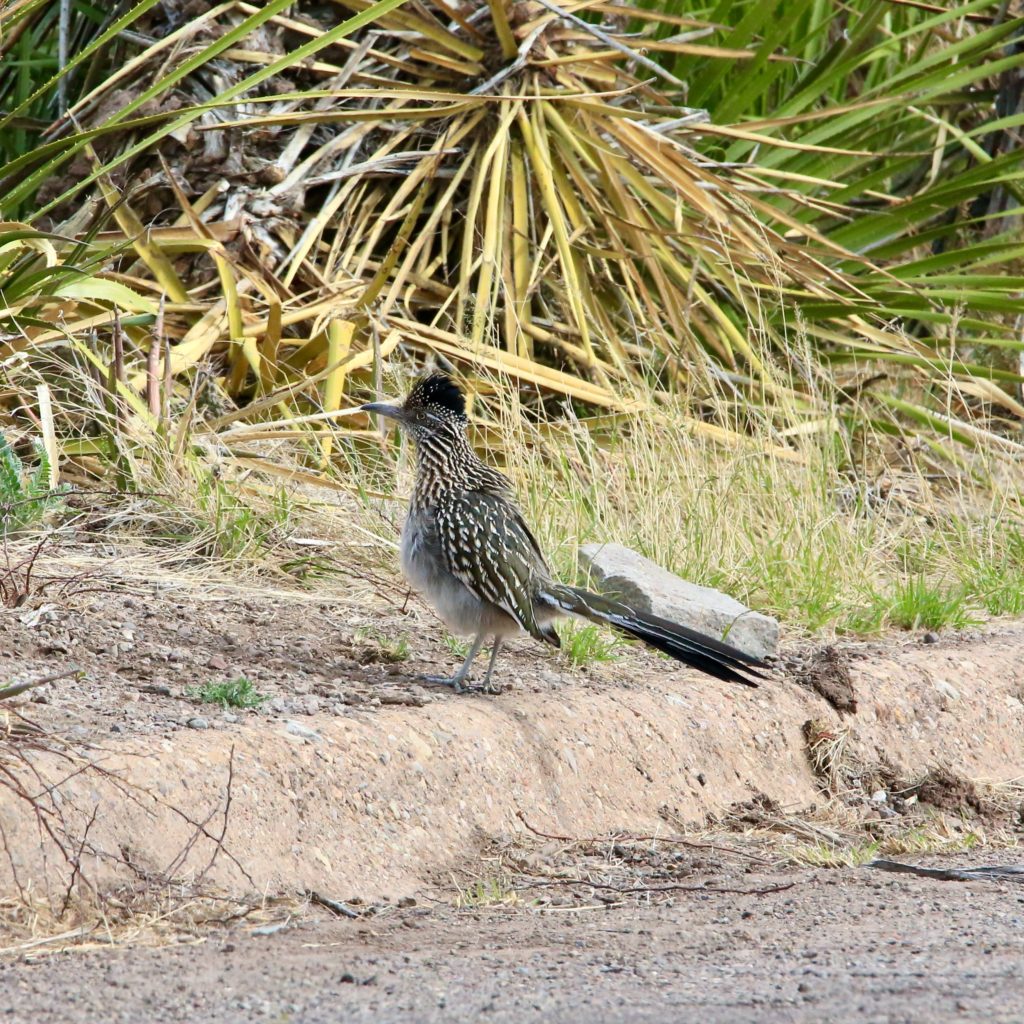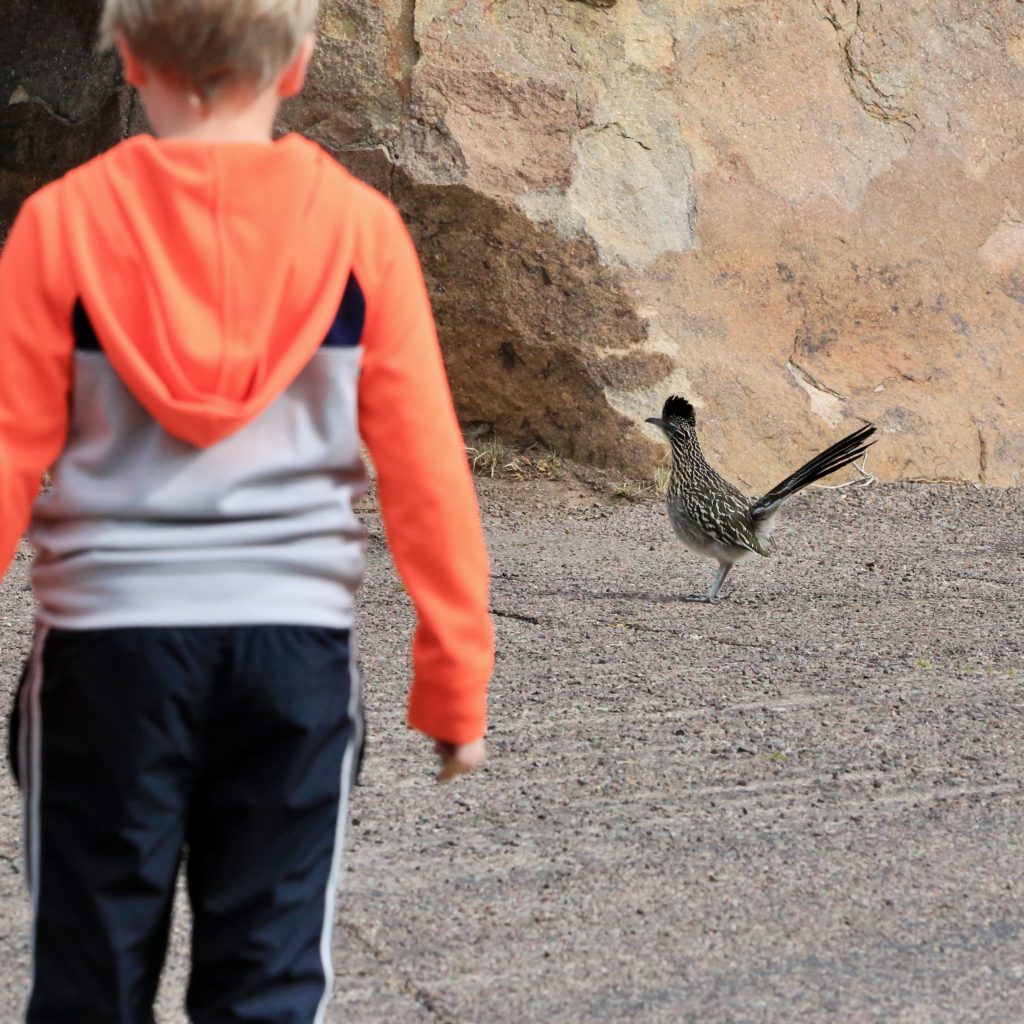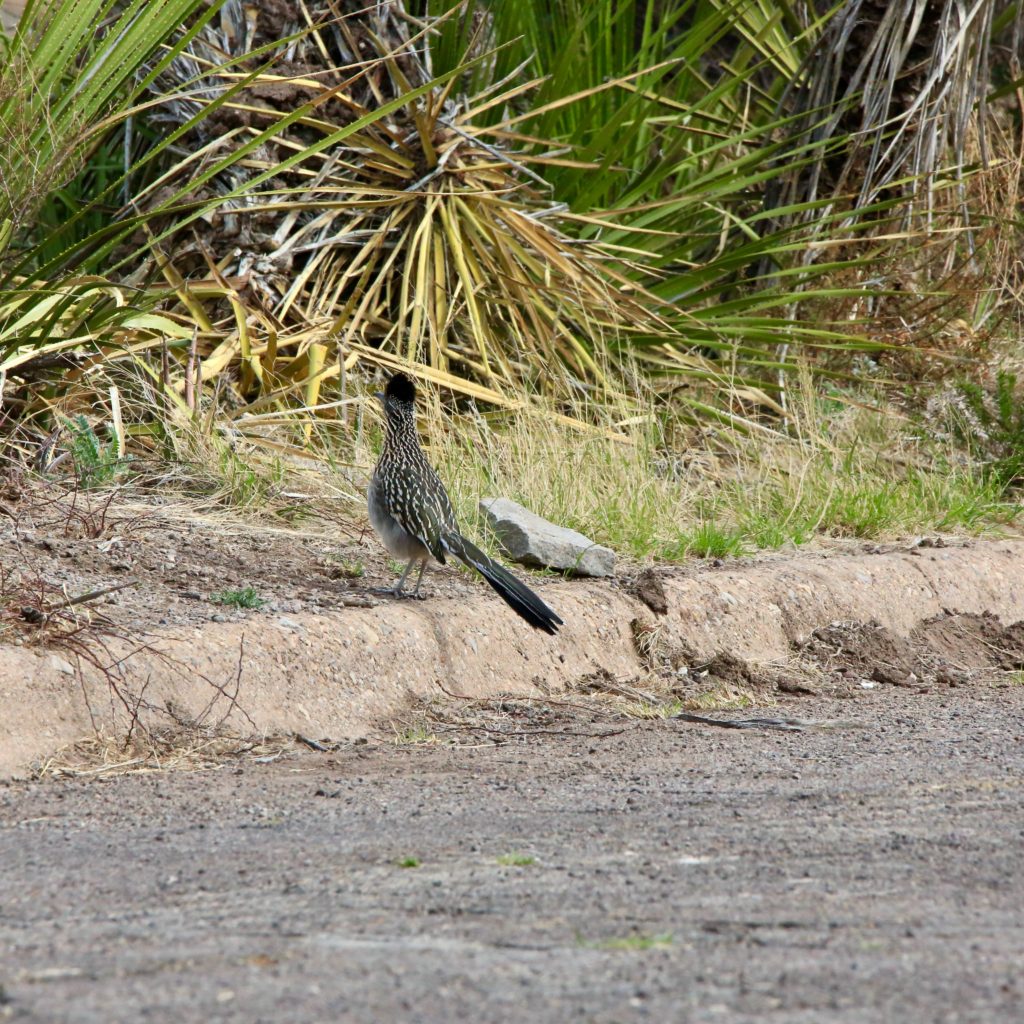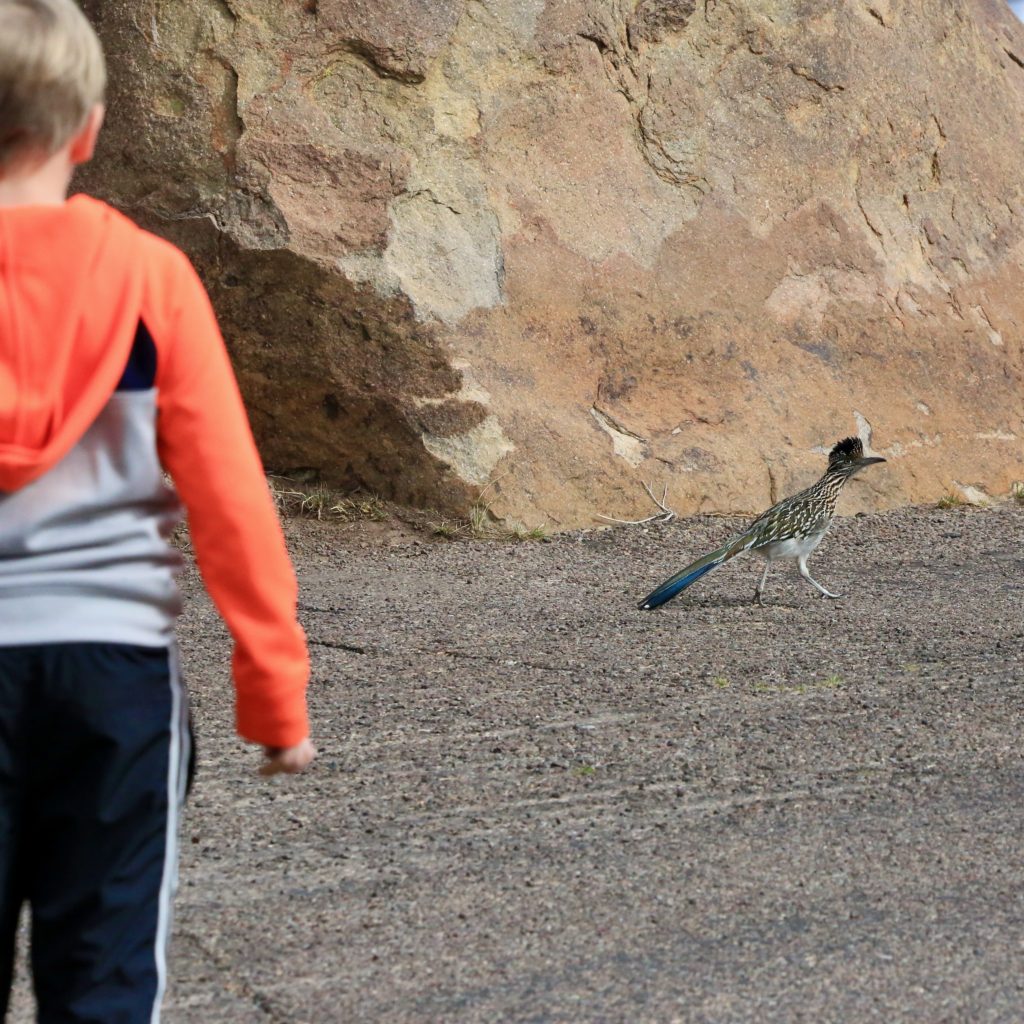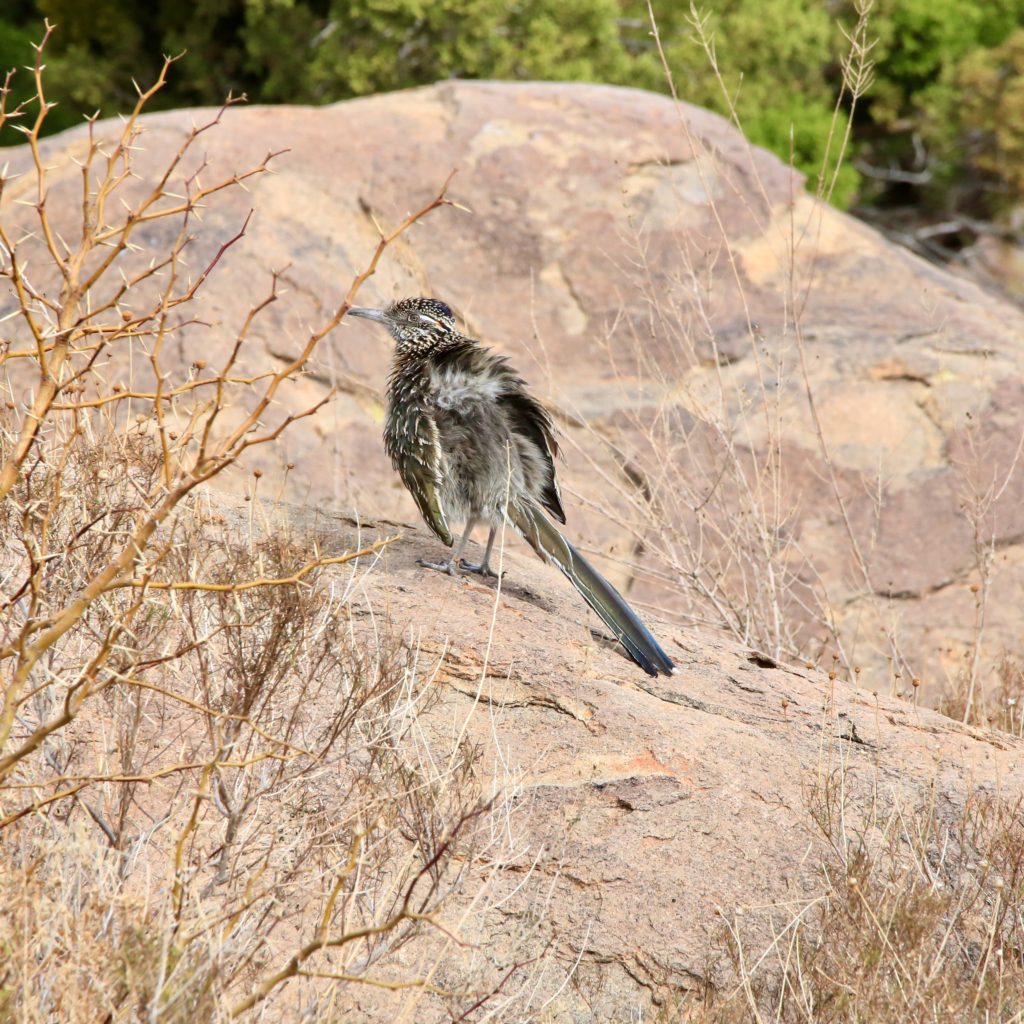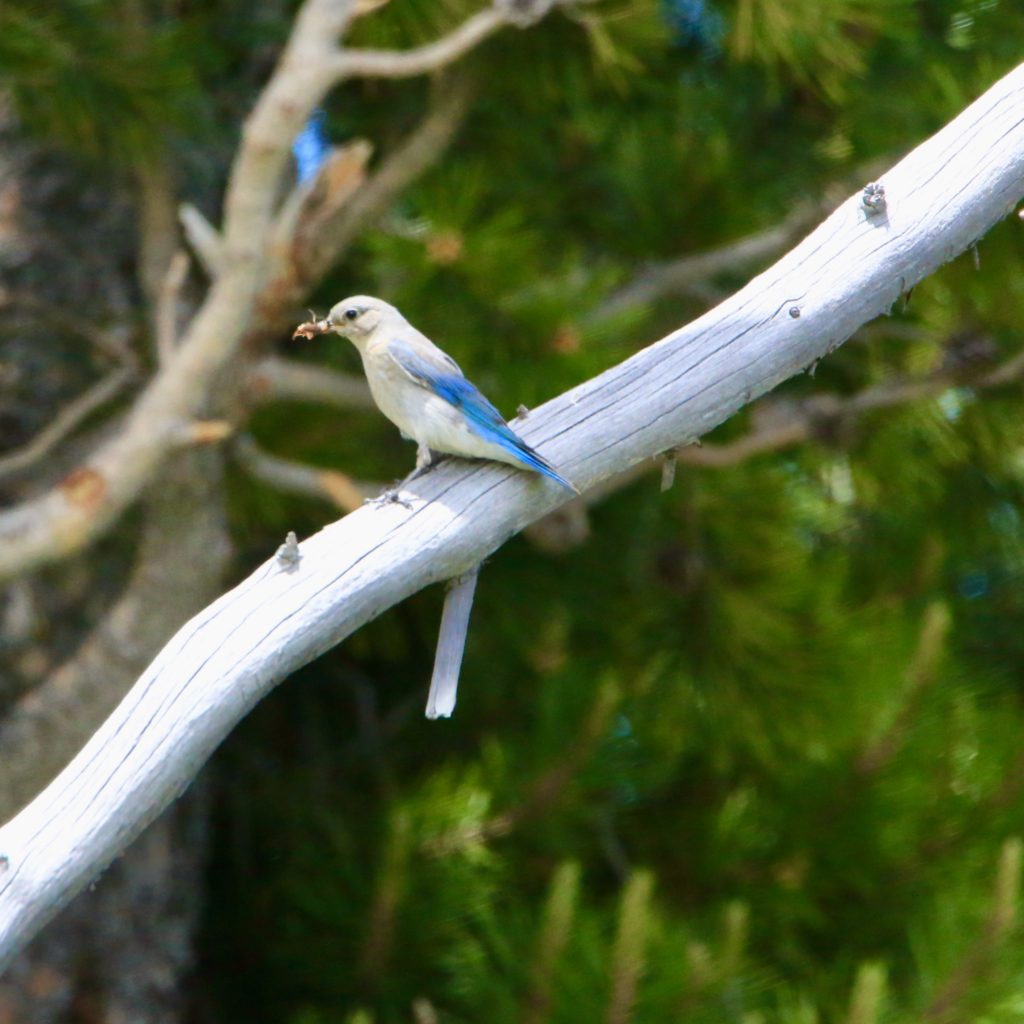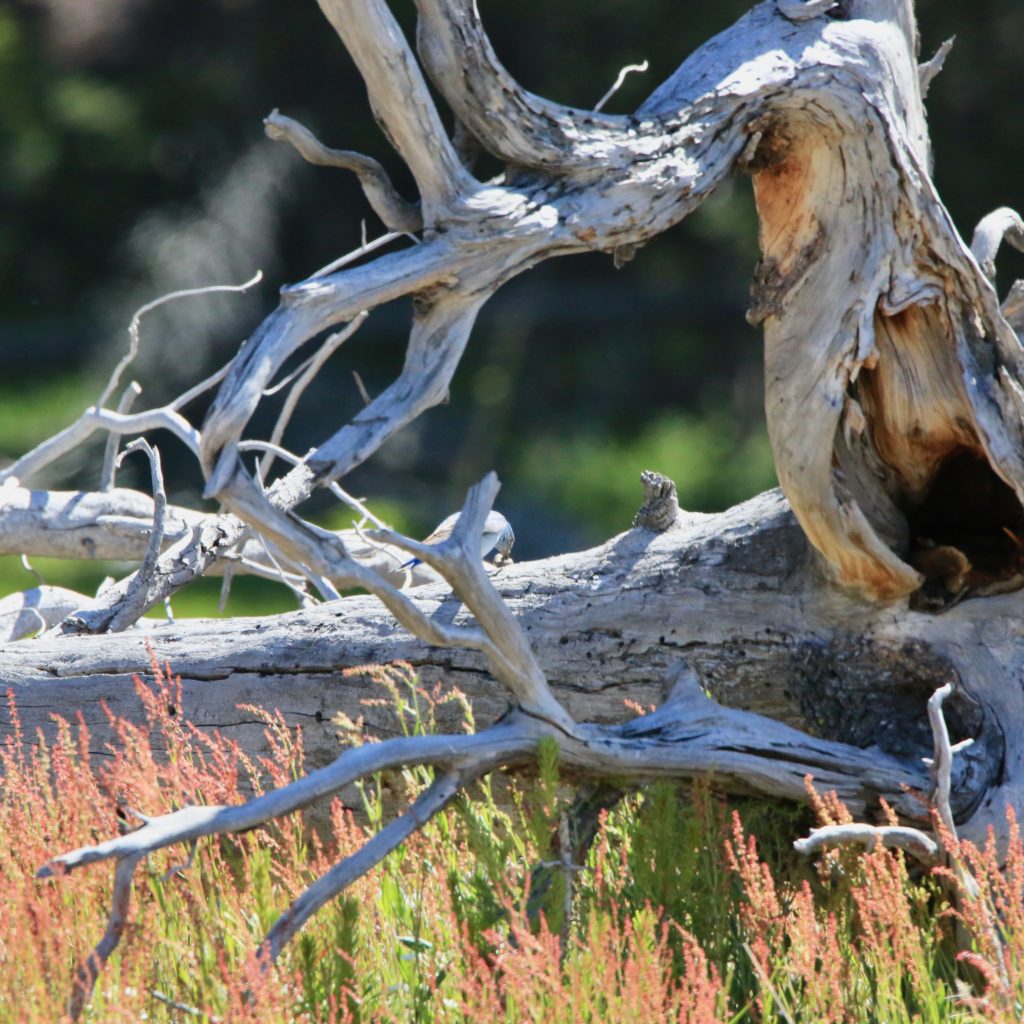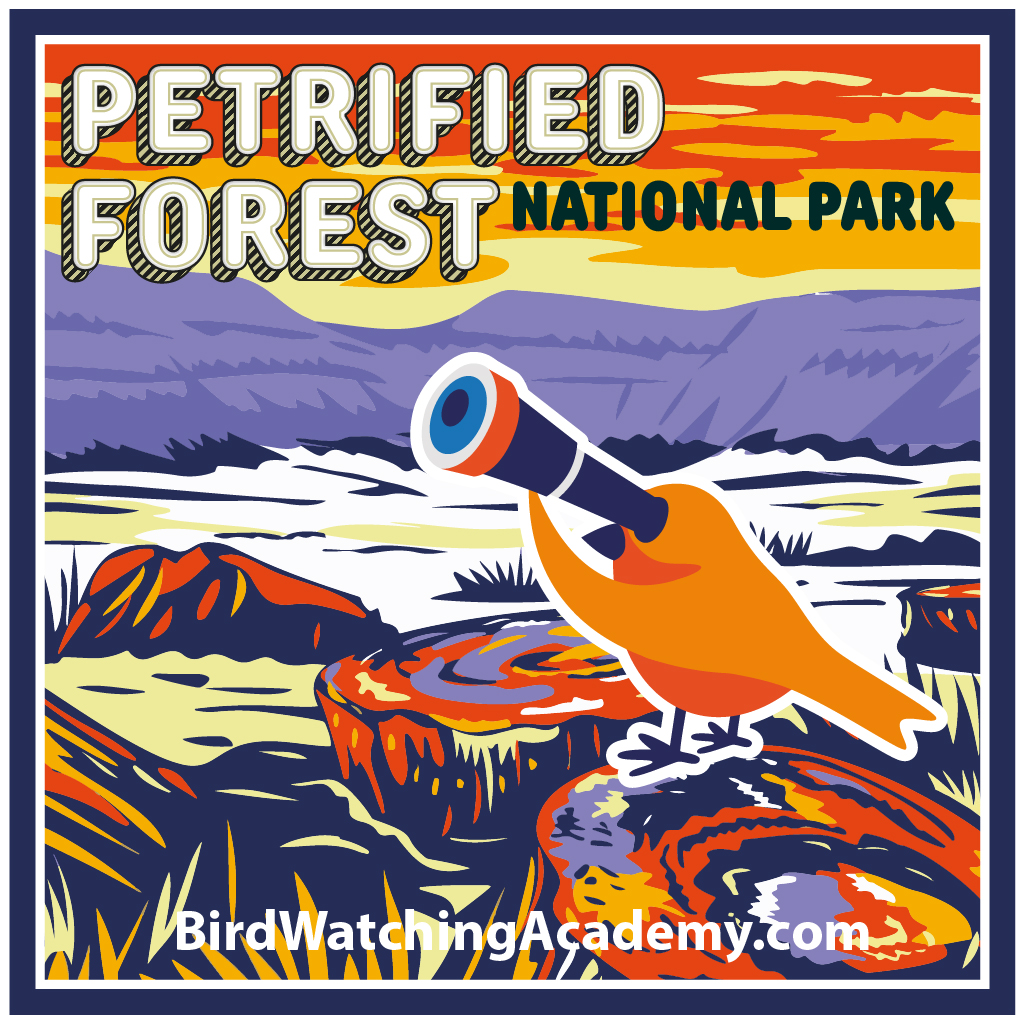
Located in northeastern Arizona, in Navajo and Apache counties, lies the Petrified Forest National Park. The park was designated as a national monument in 1906 to preserve and protect the large concentration of petrified wood for its scientific value. Named after its central feature, the park covers about 346 square miles, including a semi-desert shrub-steppe and highly eroded and colorful badlands. The northern regions extend into the Painted Desert. The site was named a national park in 1962 and is now recognized for its extensive fossil collection of the Late Triassic paleo-ecosystem, historical significance, clear night skies, frail grasslands, and breathtaking vistas.
Major Attractions at Petrified Forest National Park
Petrified Forest National Park is known for its fossils, mainly the reminiscents of the fallen trees that thrived in the Late Triassic Epoch, about 225 million years ago. The soil containing fragments of these fossil logs form a part of the colorful Chinle Formation from where the Painted Desert originated. Besides the historic petrified logs found inside the park, other fossils include Late Triassic ferns, cycads, ginkgoes, and several plants remains as well. Evidence of
giant reptiles called phytosaurs, large amphibians, and early dinosaurs have also been dug up.
Like most significant sites along the Colorado Plateau, Petrified Forest National Park is a prime location with rich Native American history. The best example of this is the ruins of ancestral Puebloan homes called the Puerco Pueblo. The national park also gives access to many outdoor activities and the best facilities to enjoy them. Many designated hiking trails range the park’s length, stretching from a half-mile to up to three miles long. Travel into the Petrified
Forest National Wilderness Area on the back of a horse, donkey, mule, or llama or go on a backpacking trip through the park.
GET KIDS BIRD WATCHING
Bird Watching at Petrified Forest National Park
The temperature of the arid grasslands of the Petrified Forest National Park ranges from below freezing to above 100°F. This climate offers a unique habitat for southwestern birds, including raptors, songbirds, and warblers. Like many other national parks, the Petrified Forest protects wildlife and is home to both resident and migratory bird species.
The park contains a rich cottonwood or willow riparian corridor that runs the Rio Puerco, several acres of grassland and shrublands, juniper woodlands on the mesa top, and smaller urban habitats that house over 258 bird species. Year-round residents easily identified include Common Raven, House Finch, Greater Roadrunner, Horned Lark, and Red-tailed Hawk and winter residents like Dark-eyed Junco, Mountain Bluebird, and White-crowned Sparrow. The
common summer birds are Barn Swallow, Black-headed Grosbeak, Burrowing Owl, and Lark Sparrow. Large trees scattered across the park entrance attract flocks of migrant land birds. The Puerco River regions such as Newspaper Rock and Puerco Pueblo welcome migrating and breeding songbird species.
10 Birds to See at Petrified Forest National Park
House Finch
House Finches have a bright red head and chest. They live all throughout North America. Their population is steady but declined some due to sickness. They make their homes near farms, canyons, and suburbs. They like to eat sunflower seeds, berries, and buds. House Finches sing a lot and like to be around other birds. They lay 4 to 5 eggs at a time and build their nests out of grass, twigs, leaves, and sometimes string and feathers. House Finches migrate in flocks by day.
Greater Roadrunner
Greater Roadrunners have a dark brown body with a deep blue-black crest. They can grow to be two feet tall. They can be hard to find as they travel in the open country and desert of the southwest. Greater Roadrunner’s population has declined, but they are not at risk of being endangered. They make their homes in the desert and near scattered brush. Greater Roadrunners are born to run and can outrun a human! They eat insects, rodents, birds, and reptiles. They lay 3 to 5 eggs and defend their nesting area all year long. Their nests are built from leaves, sticks, feathers, snakeskin, and sometimes pieces of manure. Greater Roadrunners are not migratory birds.
Horned Lark
Horned Larks are brown with a yellow and black face and small black “horns” made of feathers. You can find them throughout North America. There has been a decline in their population, but they are stable and not at risk of being endangered. Horned Larks live in large, empty fields, and deserts. They are ground birds, where they feed on seeds and insects. They lay 3 or 4 eggs in an open nest on the ground. While some Horned Larks are permanent residents in their area, the Horned Larks found in the north migrate south.
Red-tailed Hawk
Red-tailed Hawks have wide, round wings, and a short red tail. They are the most common Hawk throughout North America. Their population is steady with some recent increases. Red-tailed Hawks live in open fields, prairie groves, and mountains. These birds perch up high to look for their prey. They eat small animals like rabbits and voles. They lay 2 to 3 eggs in nests 120 feet high in trees. Their nests are made with sticks and shaped like a big bowl. Red-tailed Hawks residing in the north migrate south; however, those already in the south are permanent residents.
Dark-eyed Junco
Dark-eyed Juncos have a gray-brown body with bright white tail feathers. They live throughout North America. They are abundant and widespread with no risk to their population. Dark-eyed Juncos make their homes in open or partially wooded areas. They have a twittering call and a trilling song. Dark-eyed Juncos eat insects and seeds. They lay 3 to 5 eggs and build their nests on the ground, hidden under branches or rocks. Dark-eyed Juncos are migratory birds; however, those already residing in the south are permanent residents.
Mountain Bluebird
Mountain Bluebirds are a powder-blue color. They live in the mountain region of western North America. Their population is stable and not at risk of being endangered. Mountain Bluebirds make their homes in the open country where there are few trees. These Bluebirds sit perched on fence posts, power lines, and tree tops. This allows them the ability to make a quick dive for food. Mountain Bluebirds eat insects and some berries. They lay 5 to 6 eggs and nest in a tree, birdhouse, or dirt bank. They migrate late in the fall and early in the spring.
White-crowned Sparrow
White-crowned Sparrows are a gray birds with black and white stripes on their head and a yellow bill. They live throughout North America. Their population is widespread and common. They make their homes in forest edges, thickets, gardens, and parks. White-crowned Sparrows are a winter birds found in fields and along roadsides. They can be found on the ground looking for insects to eat. White-crowned Sparrows along the Pacific Coast are permanent residents. The ones from the north and mountain regions migrate south.
Barn Swallow
Barn Swallows have vibrant blue and brown colors. They live throughout North America. Barn Swallows are abundant birds and are not endangered. They make their habitat in open fields, near water. They fly low just a few inches above the ground or water searching for flying insects to eat. Barn Swallows are the most common Swallow species in the world. They build their nests under eaves of buildings, in cliffs, or on bridges. They lay 4 to 5 eggs. Barn Swallows migrate south in flocks in mid-August.
Black-headed Grosbeak
Black-headed Grosbeaks have an orange-red body with a black head and black and white wings. They live throughout the western U.S. Black-headed Grosbeaks are common birds and not at risk of being endangered. They live in deciduous forests. They have a large bill used to crack open sunflower seeds. These birds also eat insects and berries. They lay 3 to 4 eggs and build their nests in trees or shrubs. Black-headed Grosbeaks migrate in late spring and then again in early fall.
Burrowing Owl
Burrowing Owls are small and brown with yellow eyes. You can find them throughout the western United States, generally where there is a population of squirrels or prairie dogs. They are considered endangered. These Owls make their homes in prairies and farmlands. They hunt for food on the ground during the day. Burrowing Owls eat mice, squirrels, voles, and insects. They lay anywhere from 3 to 12 eggs. Their nests are burrows in the ground 6 to 10 feet long. Burrowing Owls found in the north migrate to the south.
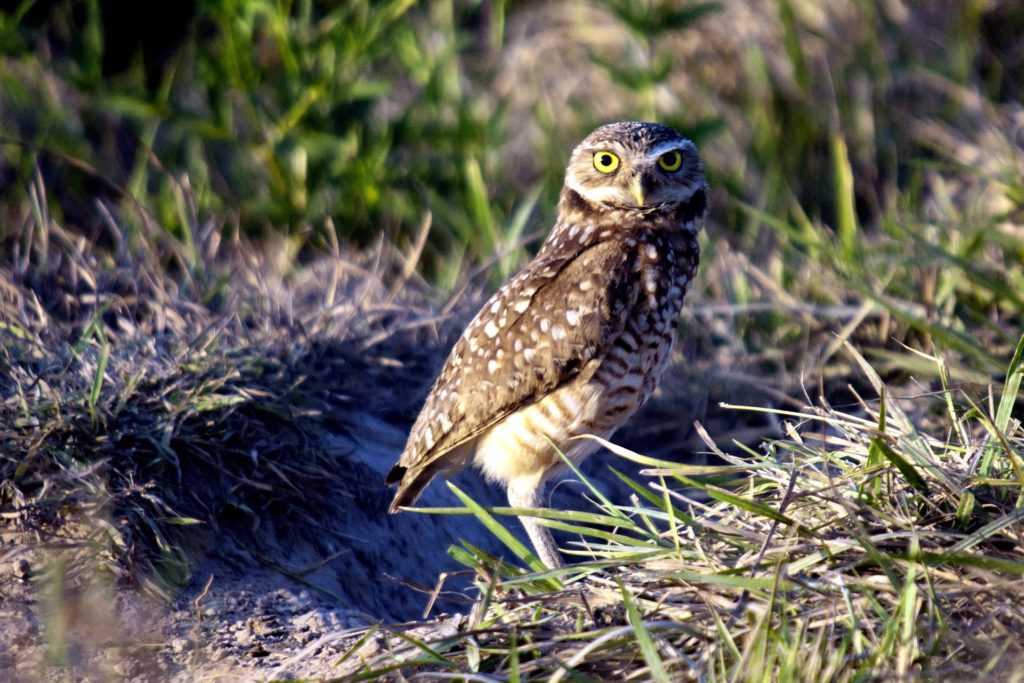
Final Thoughts
The months of August and September are ideal for birdwatching in Petrified Forest National Park. The chances of spotting migratory species like the Rufous Hummingbird, Cedar Waxwing, Ruby-crowned Kinglet, and almost a dozen other Warblers are higher this time of year.
Ornithology
Bird Watching Academy & Camp Subscription Boxes
At the Bird Watching Academy & Camp we help kids, youth, and adults get excited and involved in bird watching. We have several monthly subscription boxes that you can subscribe to. Our monthly subscription boxes help kids, youth, and adults learn about birds, bird watching, and bird conservation.
- Kids Bird Watching Monthly Subscription$10.00 / month
- Kid & Adult Bird Watching Starter Pack Subscription$10.00 / month and a $72.00 sign-up fee
- Kids Bird Watching Starter Pack Subscription$10.00 / month and a $19.00 sign-up fee
Bird Watching Binoculars
The most common types of bird watching binoculars for viewing birds at Petrified Forest National Park is the 8×21 binoculars and 10×42 binoculars. Bird Watching Academy & Camp sells really nice 8×21 binoculars and 10×42 binoculars. You can view and purchase them here.
- Birding Binoculars$49.99
- Kids Binoculars$13.99








